Beaches in Portugal
Centre of Portugal
“Overlooking the great sea, with the calm bay of Buarcos on the right and the rocks on which the castle of Santa Catharina stands, defending the mouth of the Mondego, the town of Figueira offers unrivalled conditions for bathers”.
— Ramalho Ortigão in As praias de Portugal. Porto : Livraria Universal, 1876 (page 107)
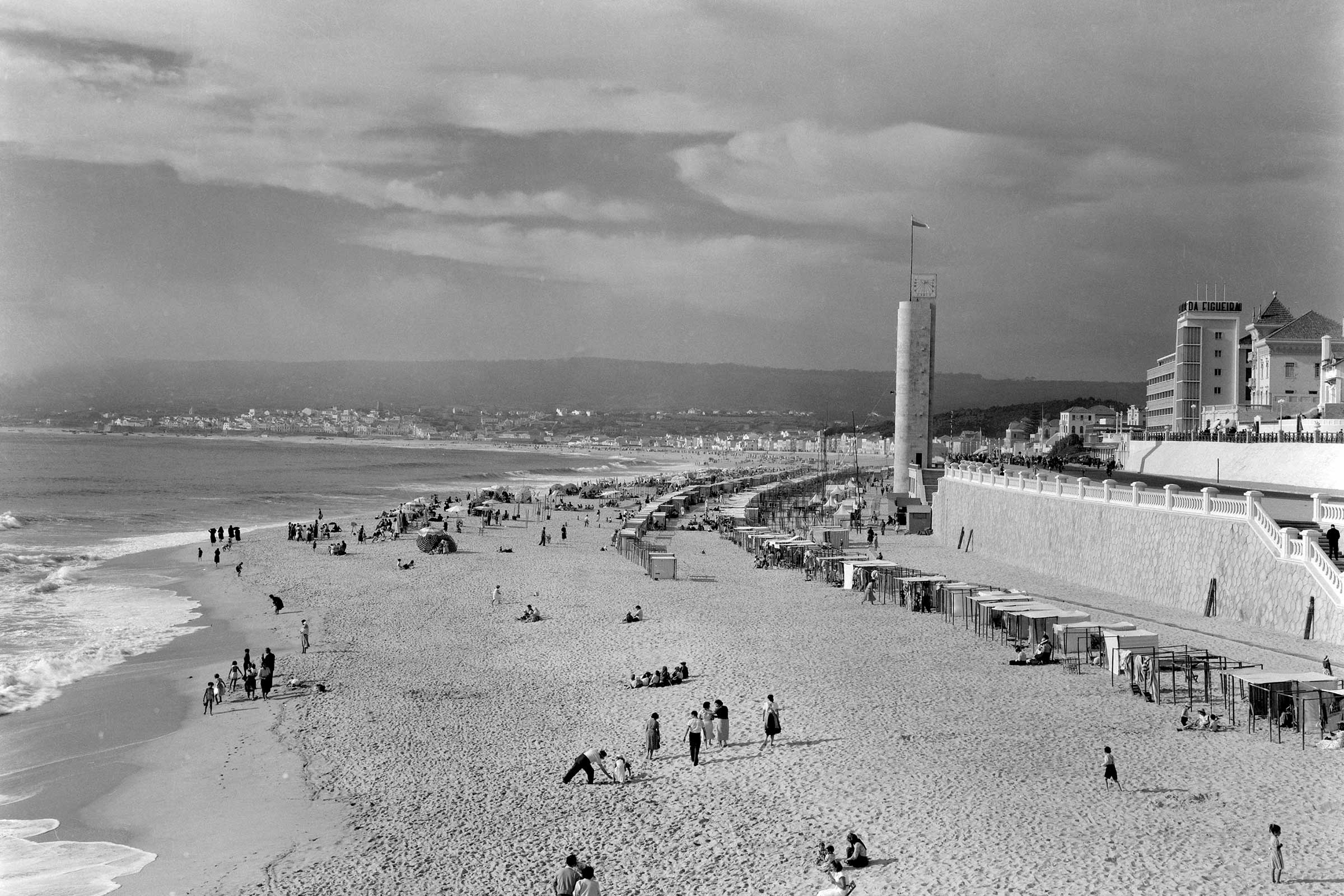


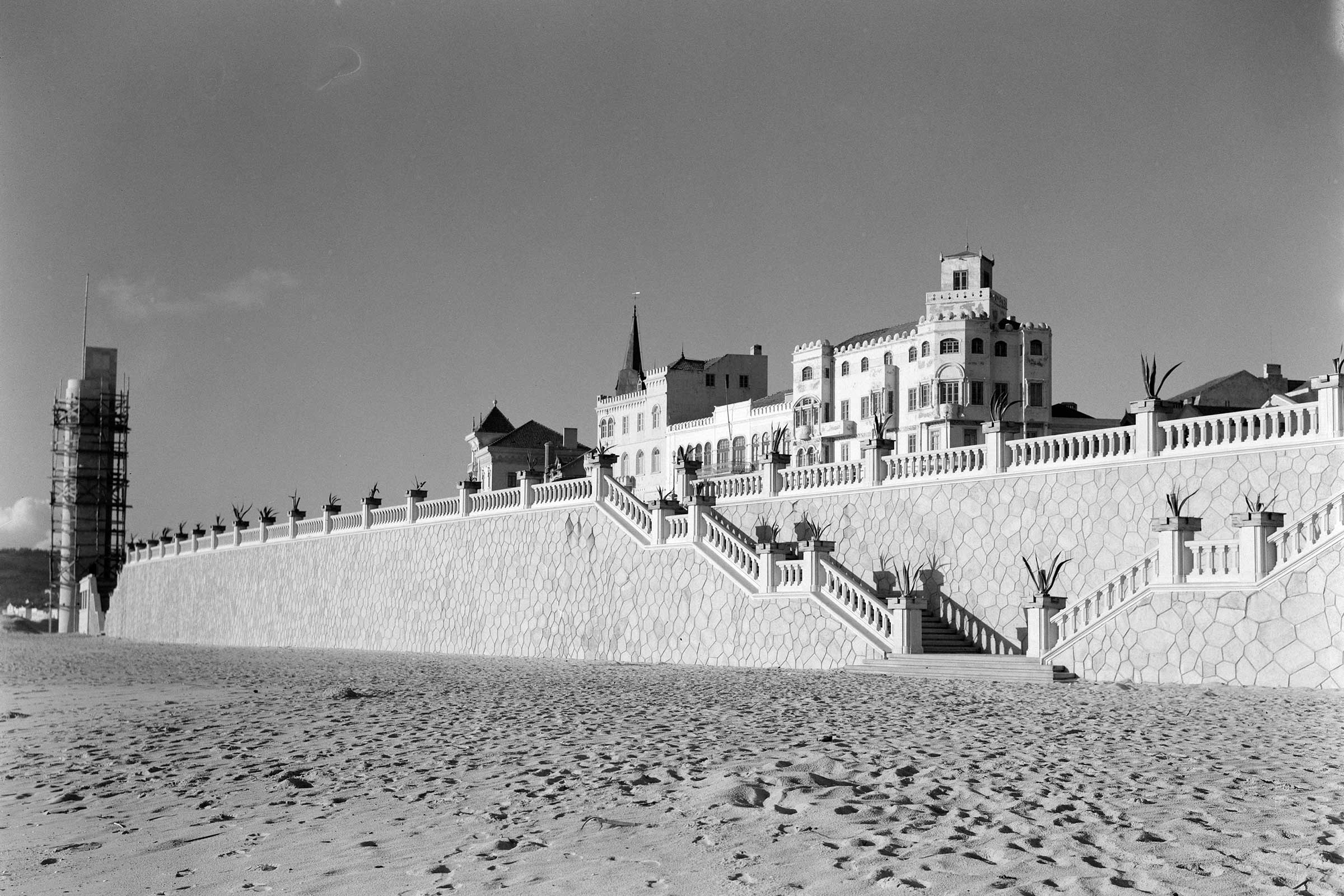

“S. Pedro de Moel, on the edge of the Pinhal de Leiria. A small village exclusively for bathers, abandoned in winter, inhabited during the bathing season by people from Marinha-Grande or Leiria.”
— Ramalho Ortigão in As praias de Portugal. Porto : Livraria Universal, 1876 (page 113)
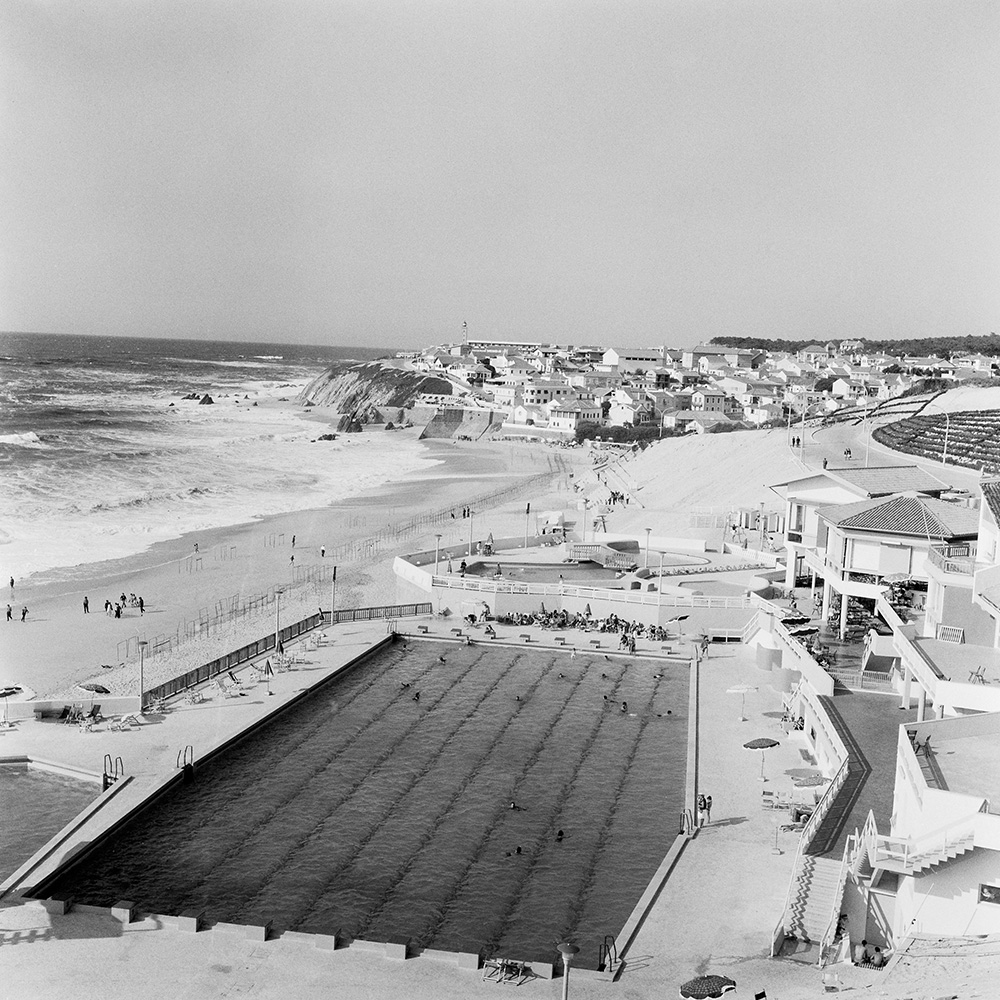
“Nazaré, a town of 6918 inhabitants, (…), an important fishing centre and one of the most beautiful and frequented beaches in Portugal. In addition to a few families from Lisbon and other parts of the country, the inhabitants of the Leiria and Ribatejo districts also come here. It’s a good summer season; the average temperature doesn’t exceed 20°.”
— Silva Teles in Guia de Portugal. Extremadura, Alentejo, Algarve. Lisboa : B.N., imp. 1927 (page 641)
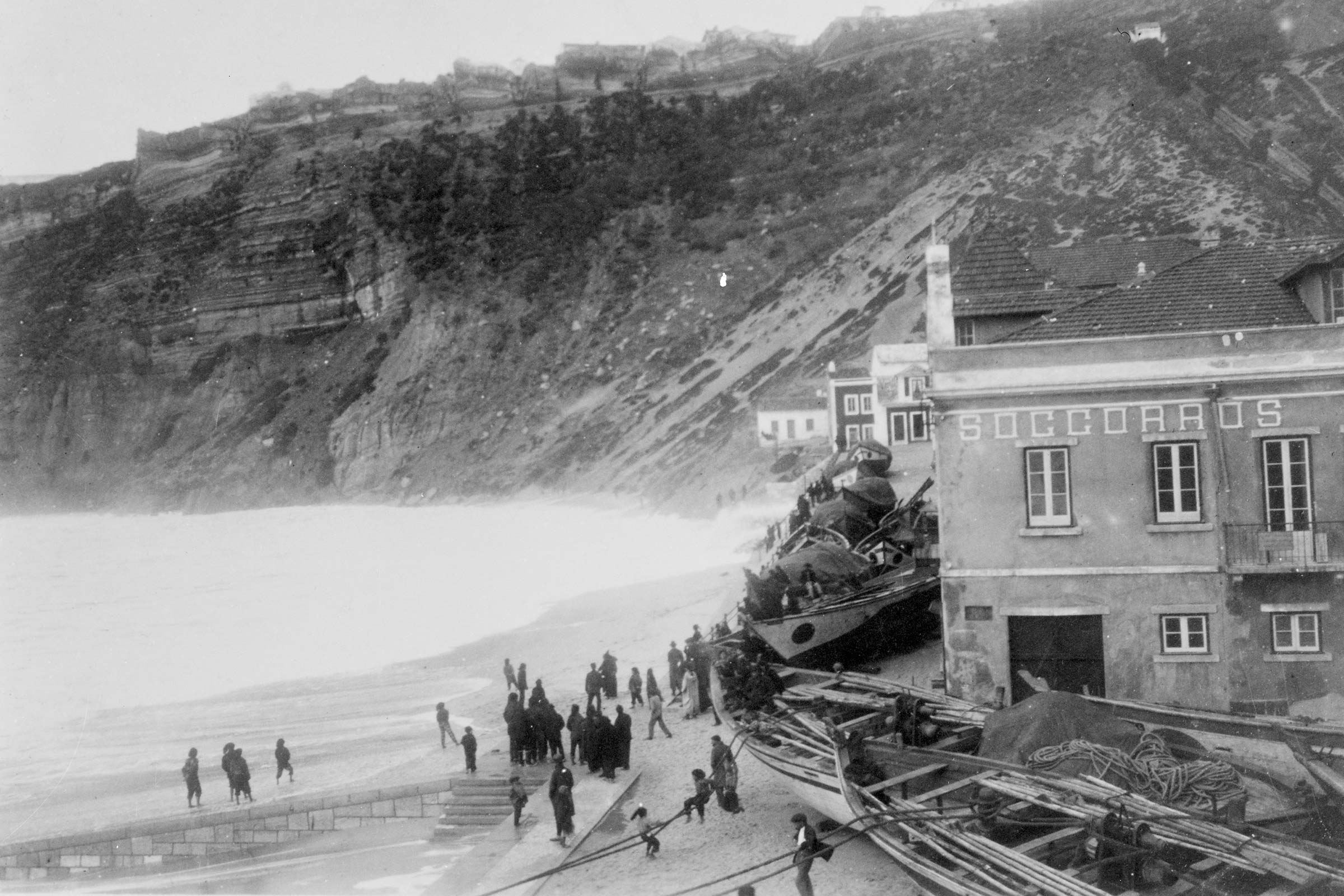


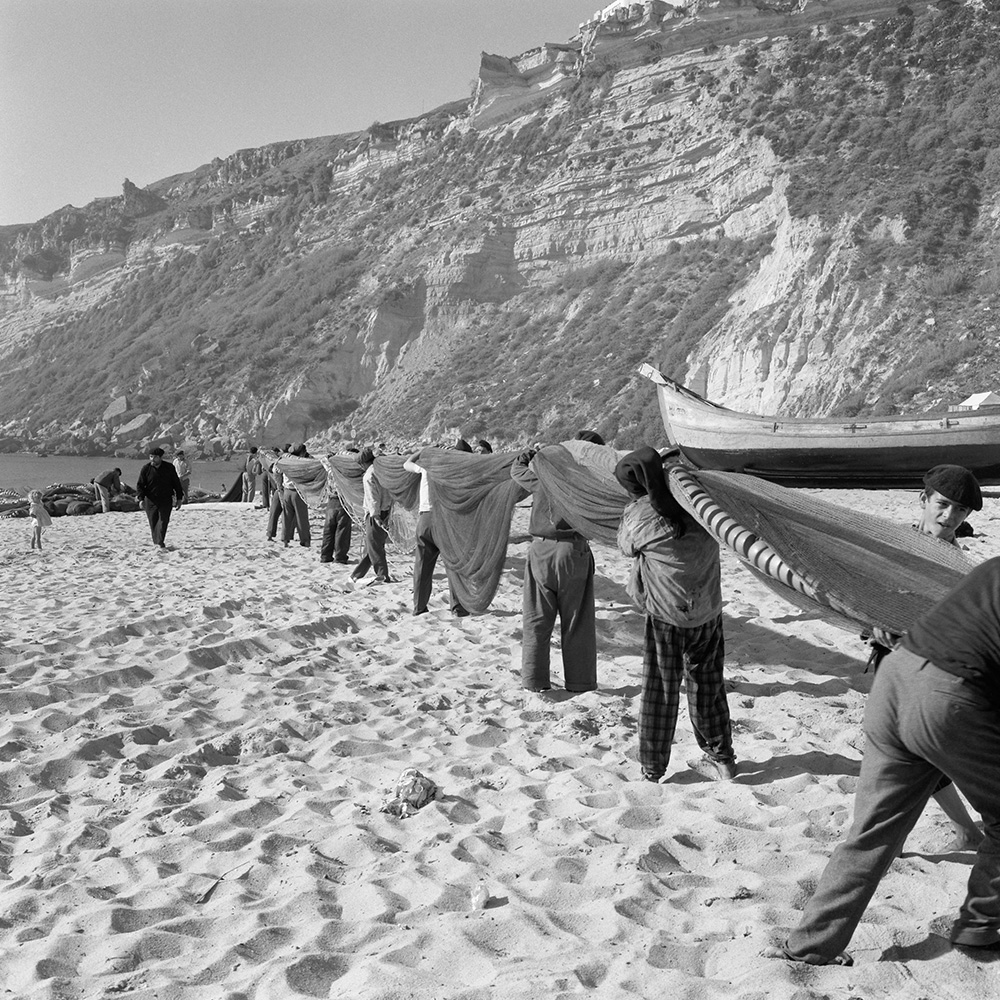
“Praia da Nazaré lies in a half-moon cove, bordered to the N by the rugged promontory of Sítio and to the S by the sands that line the Serra da Pescaria (southern beach). It’s much more beautiful than other more famous beaches in the country (…) You have to go to Ericeira or the “Mediterranean” beaches of the Setúbal peninsula to find a sea whose blue rivals it.”
— Silva Teles in Guia de Portugal. Extremadura, Alentejo, Algarve. Lisboa : B.N., imp. 1927 (pages 641-642)
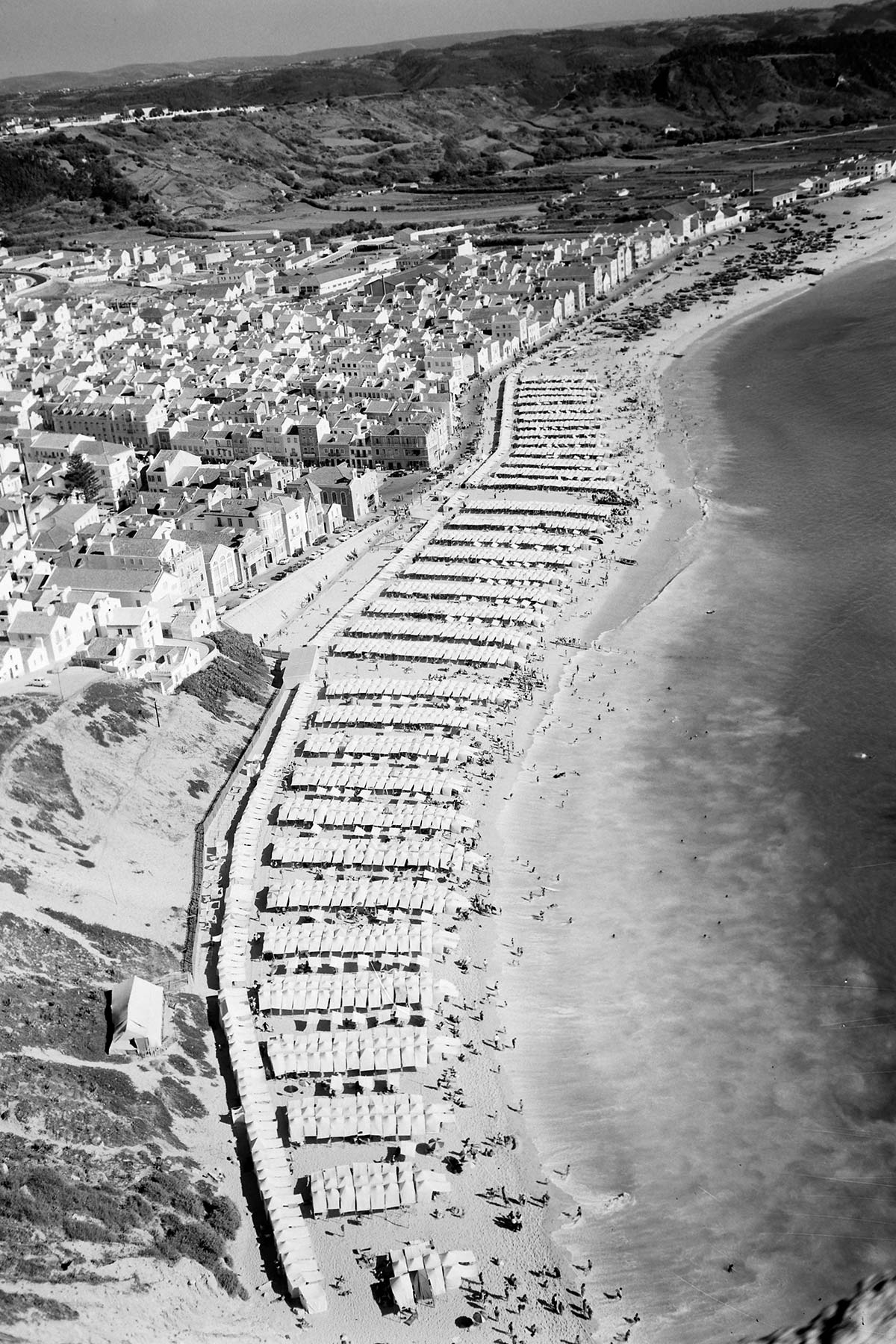

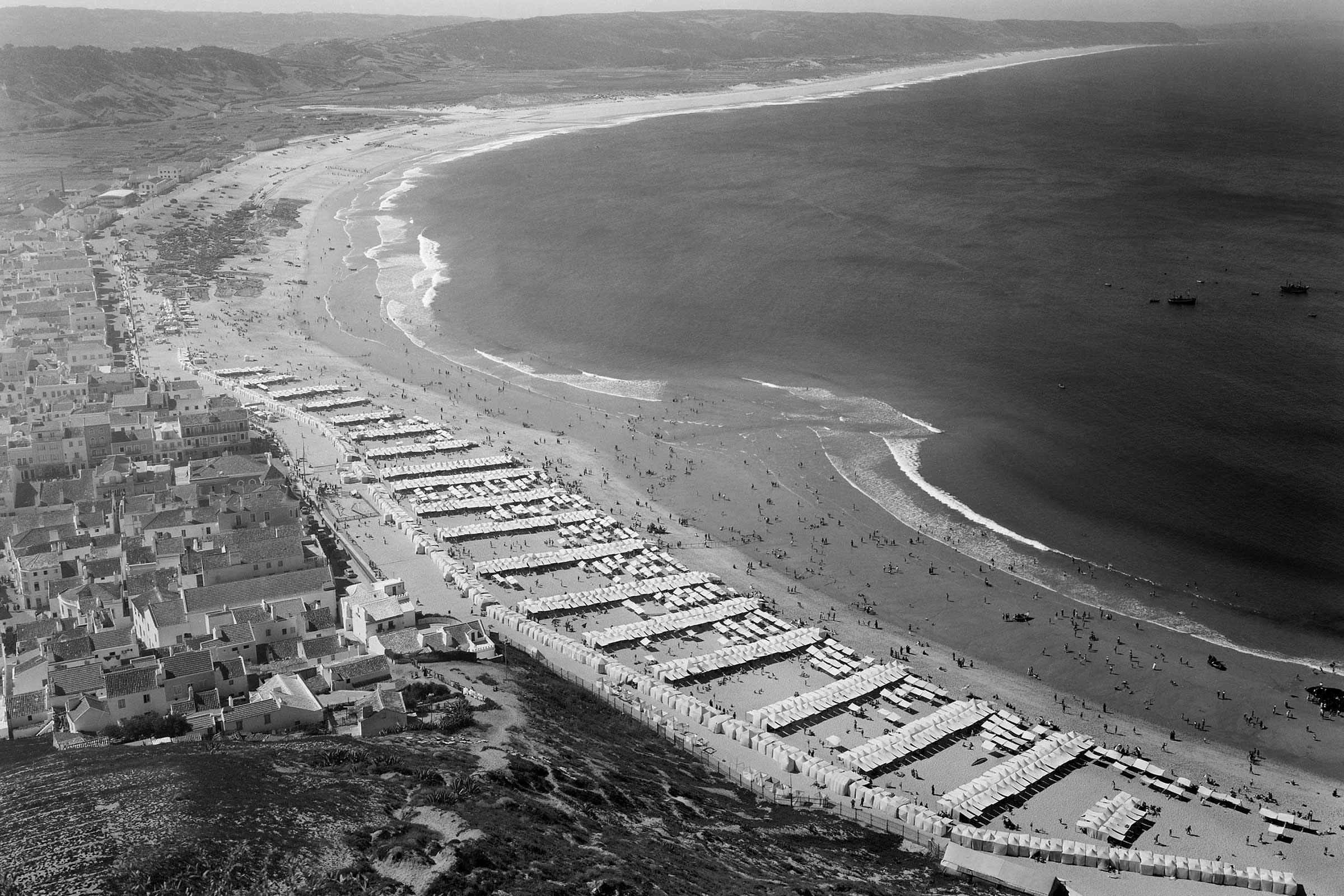
“Located a short distance from Caldas da Rainha, Nazareth beach, like that of S. Martinho do Porto, naturally invites people to make use of the sulphurous waters (…) The beach itself, the bathing spot, is between the villa of Pederneira, situated on a high ground, and the site of Nazareth, which rises on another high ground.”
— Ramalho Ortigão in As praias de Portugal. Porto : Livraria Universal, 1876 (page 99)


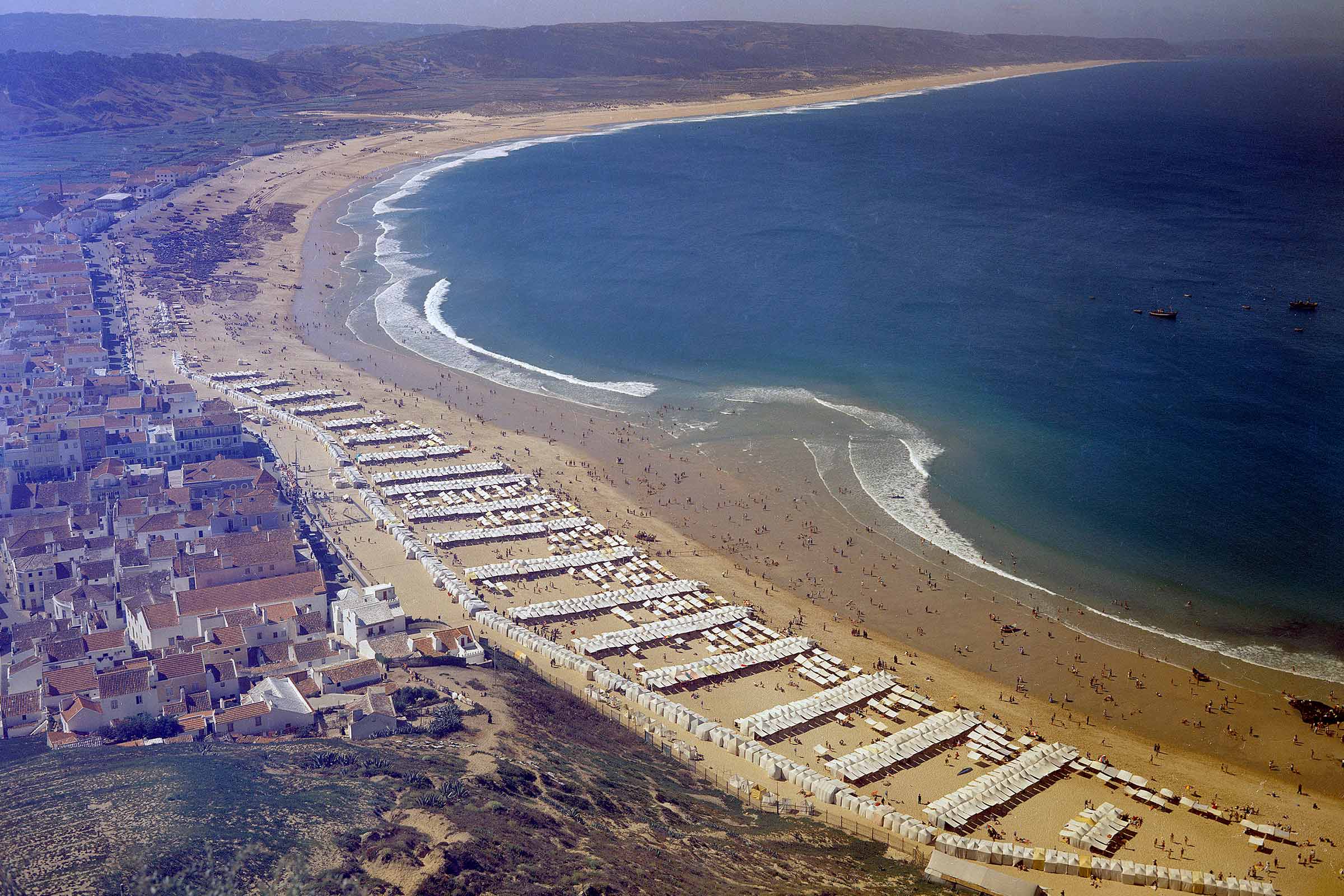
“The shell of S. Martinho, considered to be the most picturesque coastal accident on the entire Peninsula, is a regularly elliptical-shaped sea basin (1800 by 400m), with the major axis orientated from NE. to SO (…) The beauty of its natural conditions, which, of its kind, is only paralleled by the Spanish beach of S. Sebastião (…) make S. Martinho one of the most beautiful stretches of Portuguese coastline.”
— Nicolau Bettencourt in Guia de Portugal. Extremadura, Alentejo, Algarve. Lisboa : B.N., imp. 1927 (page 606)

“Santa Cruz, half a league north of the Sizandro [sic], two leagues from Torres.”
— Ramalho Ortigão in As praias de Portugal. Porto : Livraria Universal, 1876 (page 112)
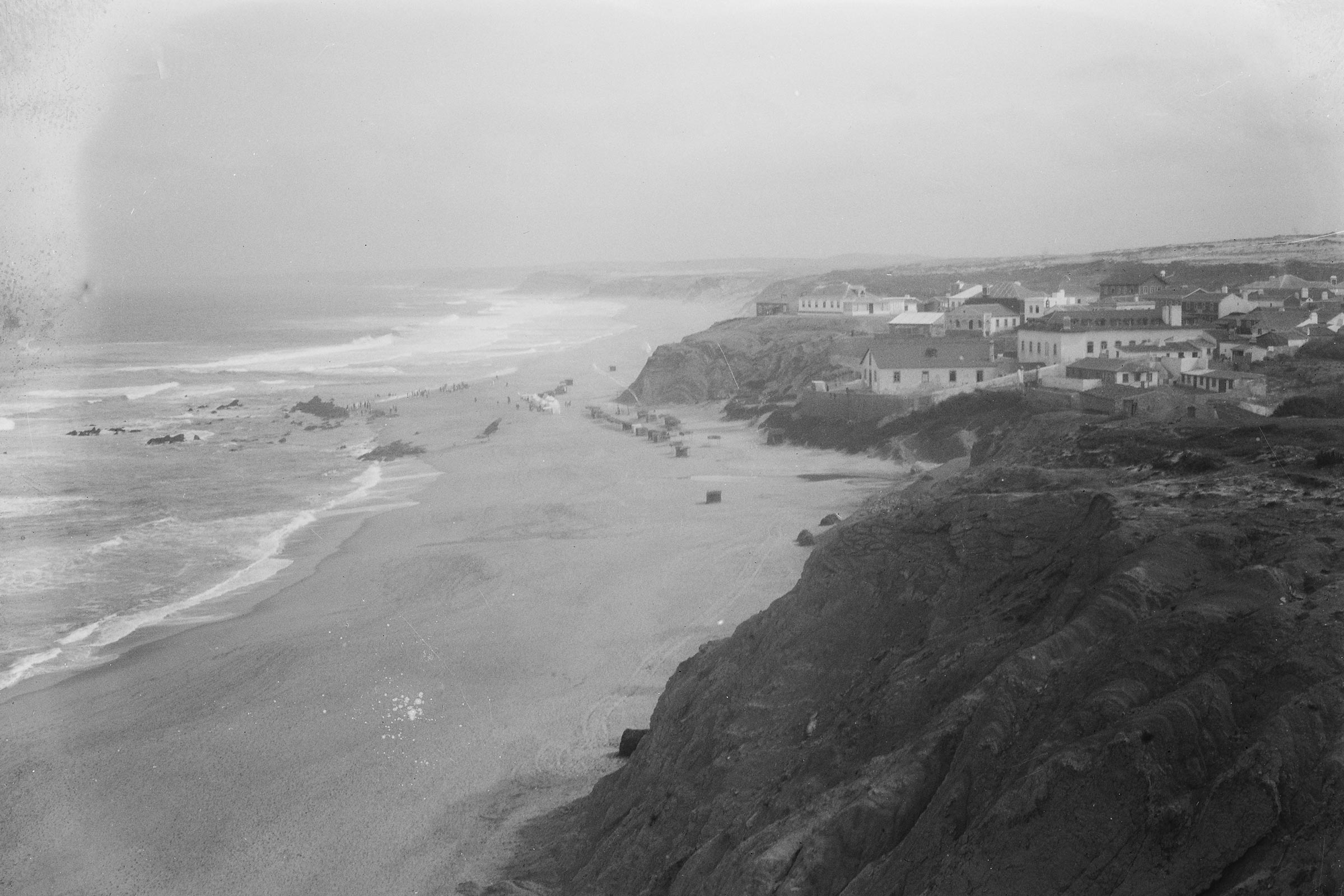
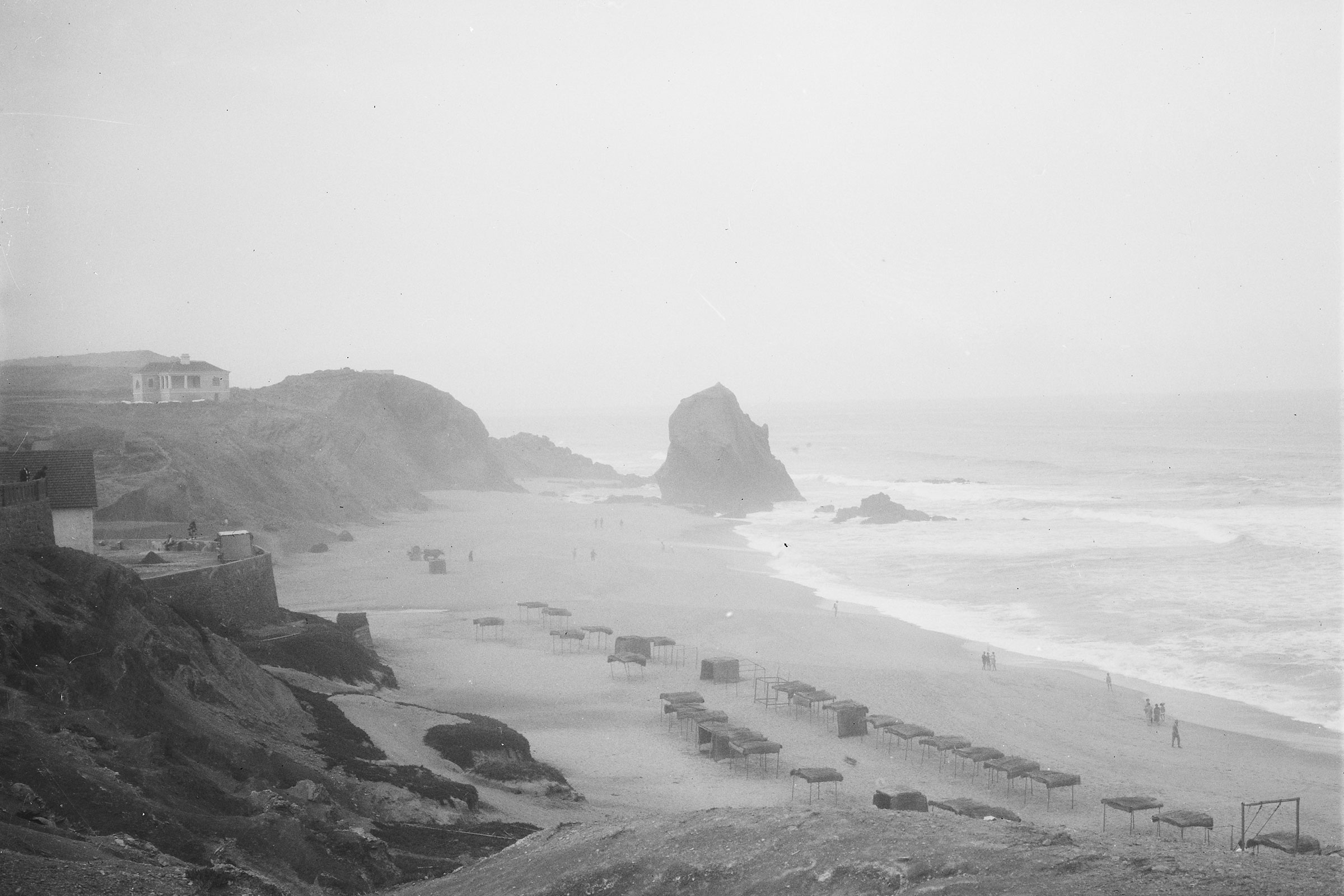
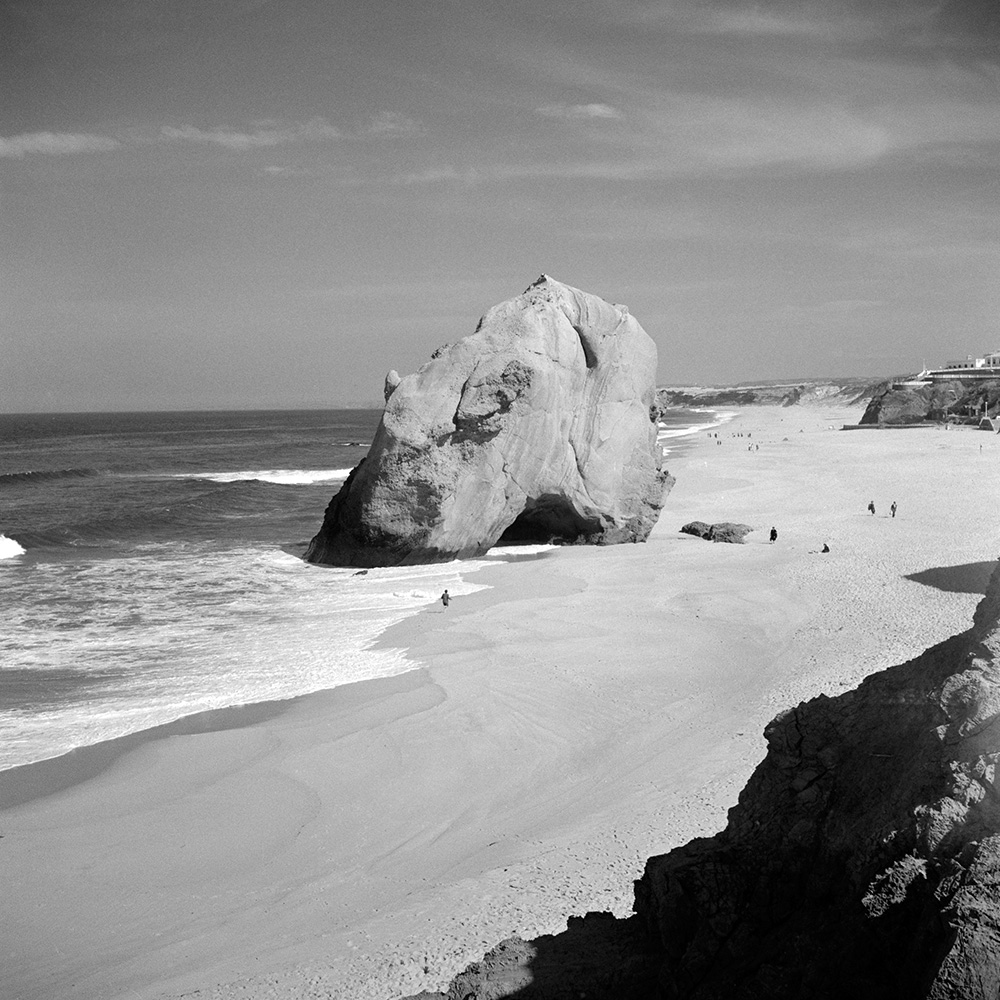

“It’s a beautiful beach because of the expanse of sand, the picturesque cliffs, the tranquillity of the place, the wide horizons and the excellence of the waters.”
— Raul Proença in Guia de Portugal. Extremadura, Alentejo, Algarve. Lisboa : B.N., imp. 1927 (page 552)
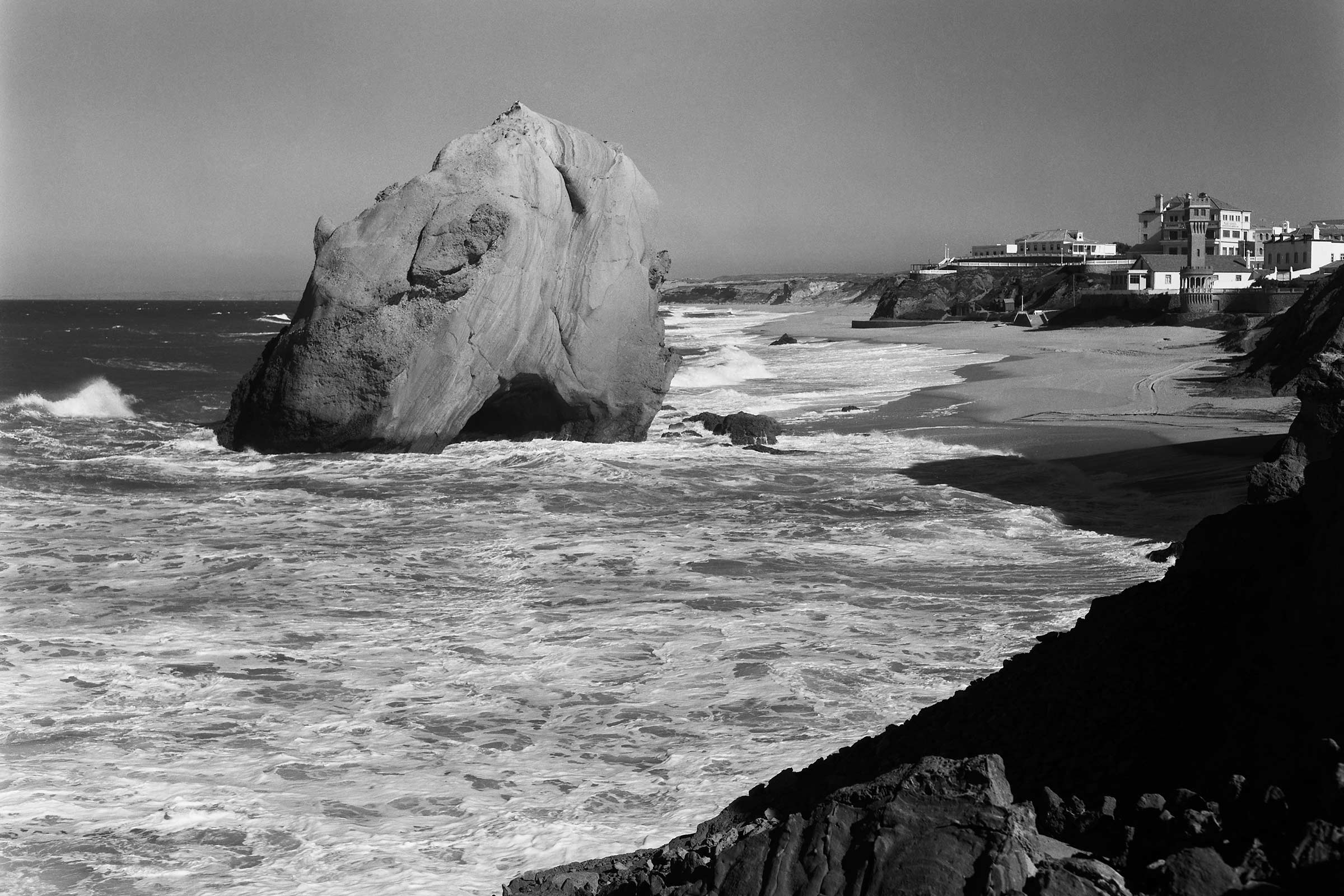
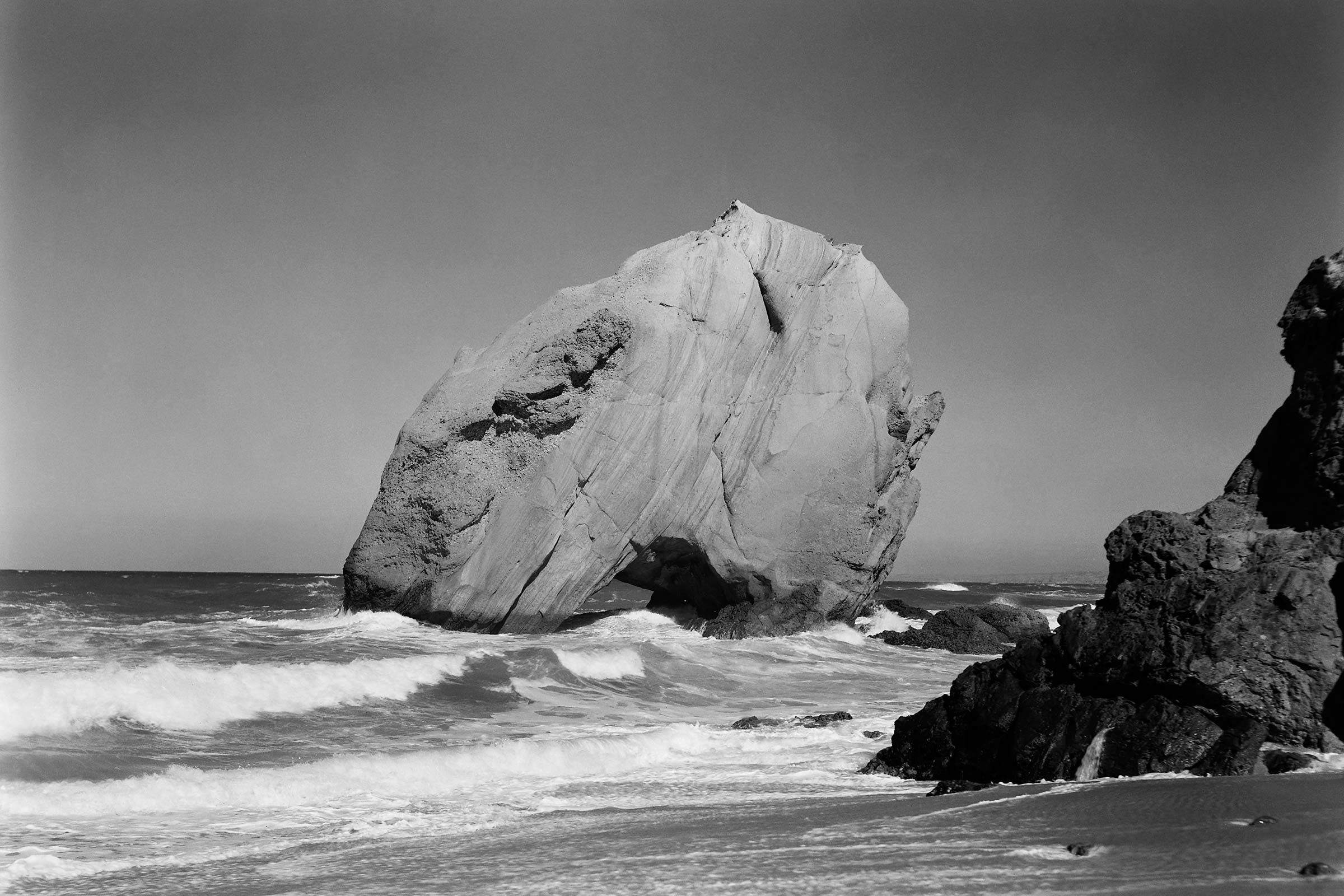

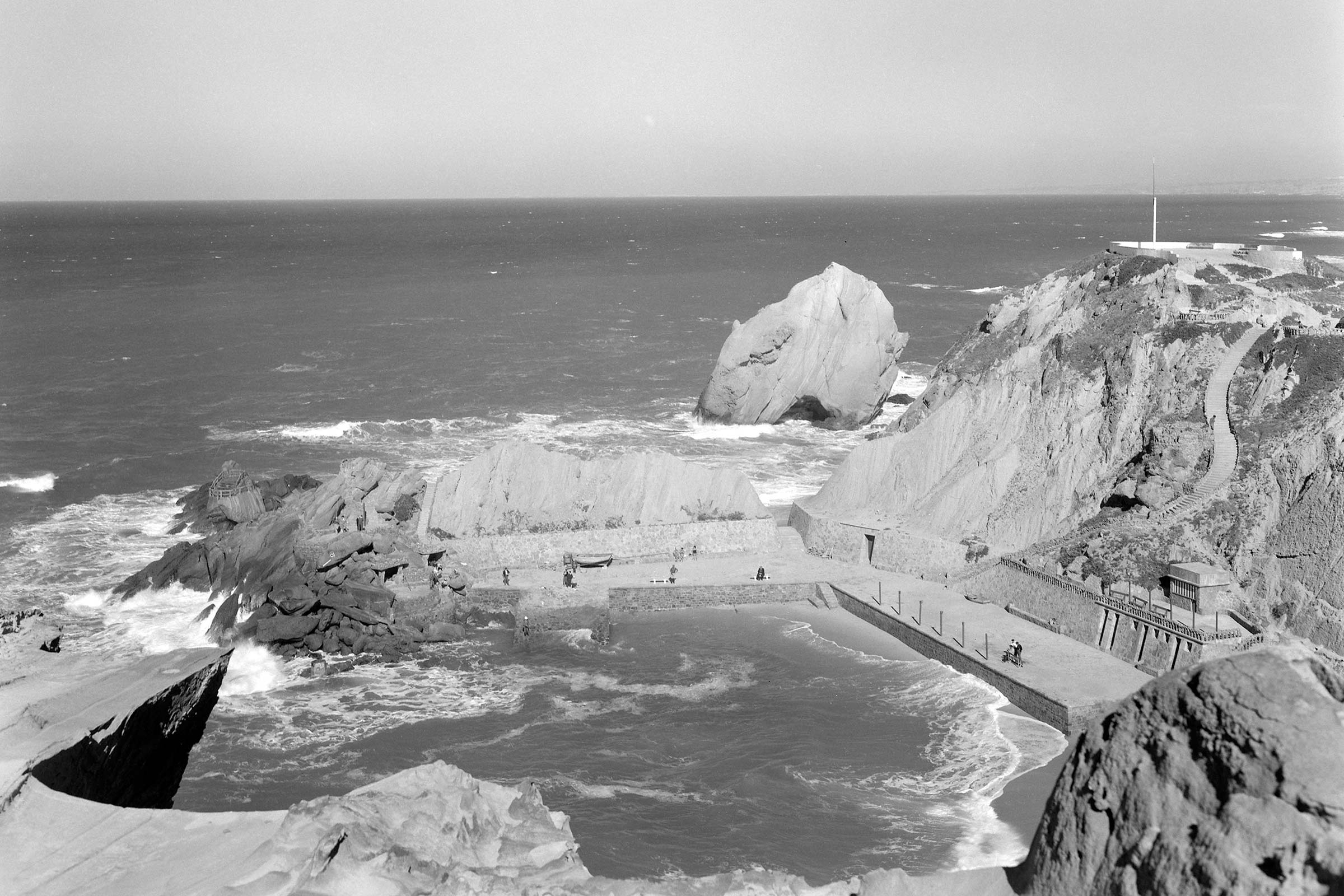
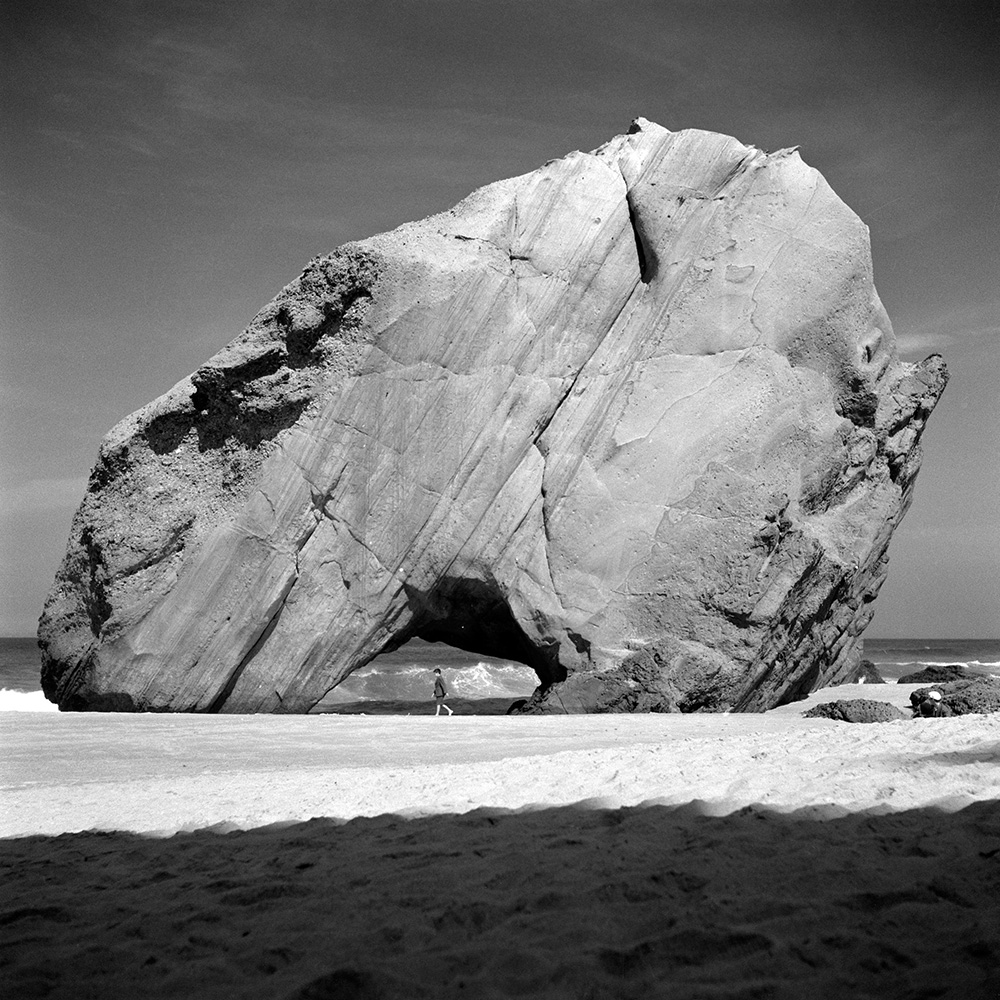

Metropolitan Area of Lisbon
“Ericeira, a town of 2651 inhabitants in the municipality of Mafra, is a beautiful beach with a very blue sea, crashing waves, a wide cliff edge and perhaps the saltiest air of all Portuguese beaches (…) And on the brightest days, the colour of the water can reach turquoise.”
— Raul Lino in Guia de Portugal. Generalidades, Lisboa e arredores. Lisboa : B.N., imp. 1924 (page 553)

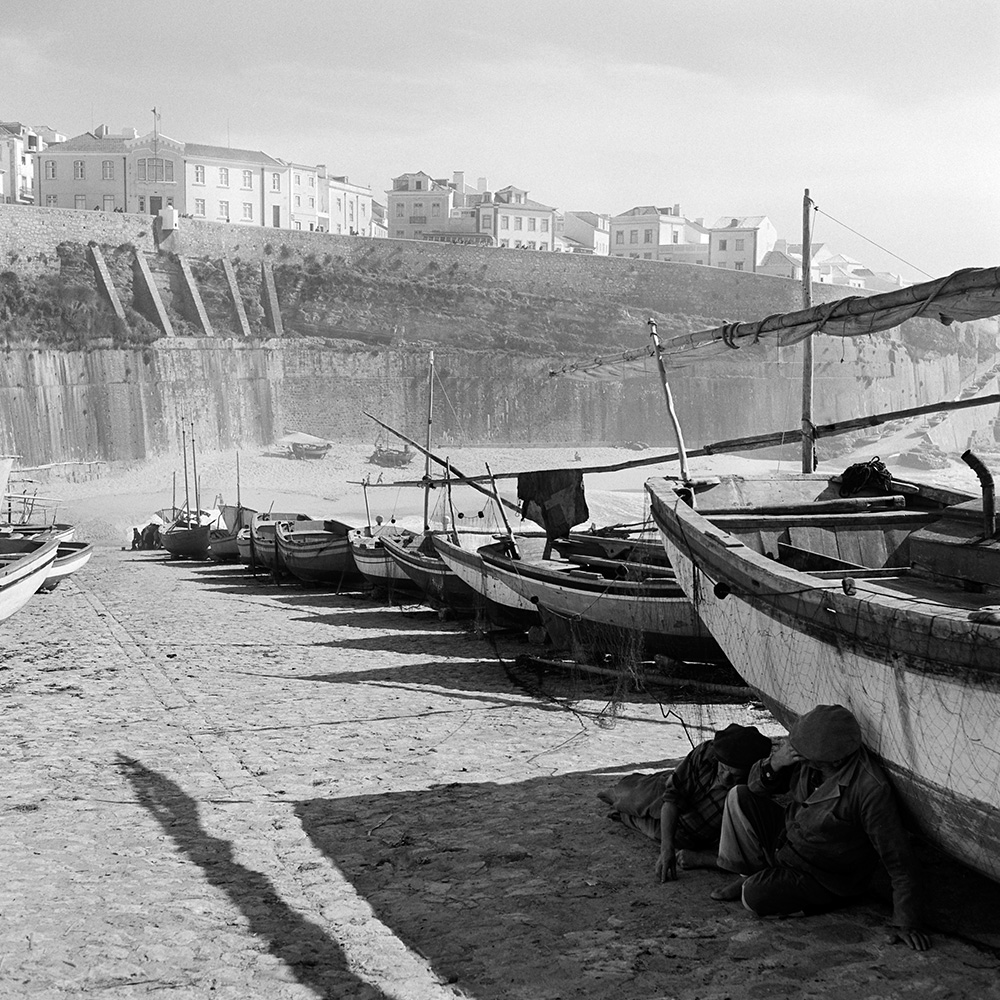
“Ericeira (…) is seven leagues from Lisbon and has around 700 dwellings. (…) To the north of the chapel [of Santo António] there is a bathing beach, to the south there is another. (…) The southern beach, perfectly sheltered by a curtain of rock that surrounds it like a screen, is the most pleasant (…)”
— Ramalho Ortigão in As praias de Portugal. Porto : Livraria Universal, 1876 (page 92)
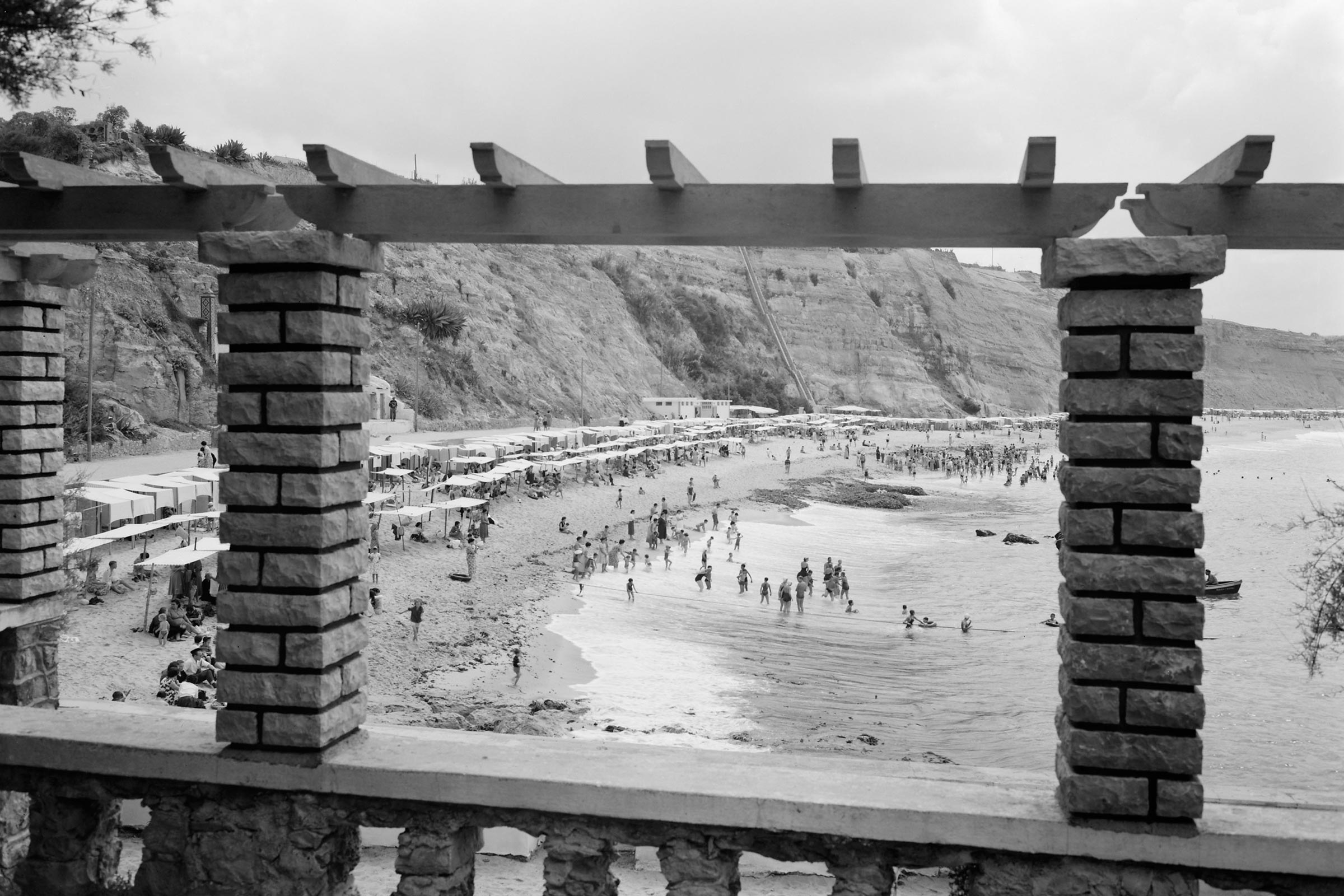
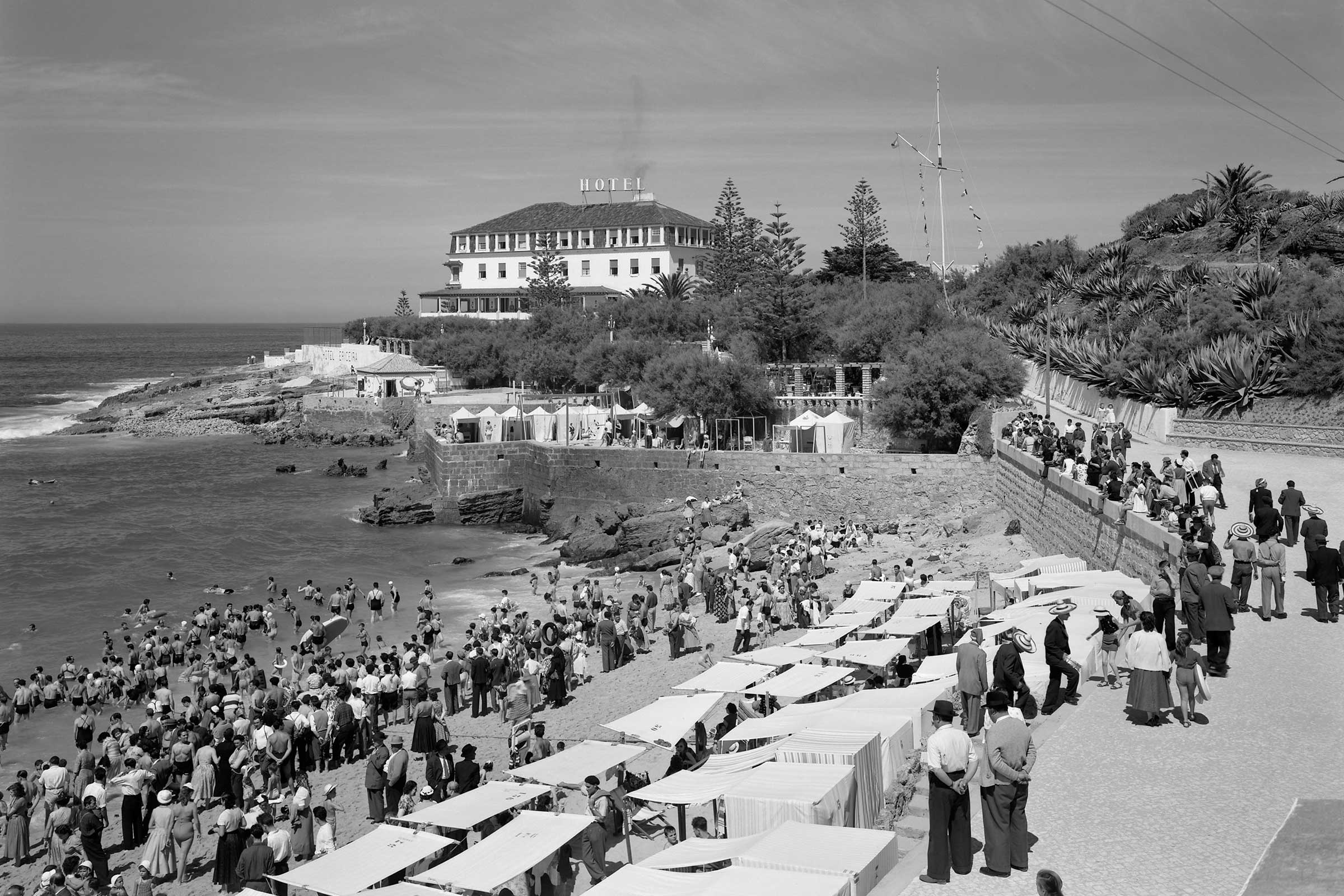
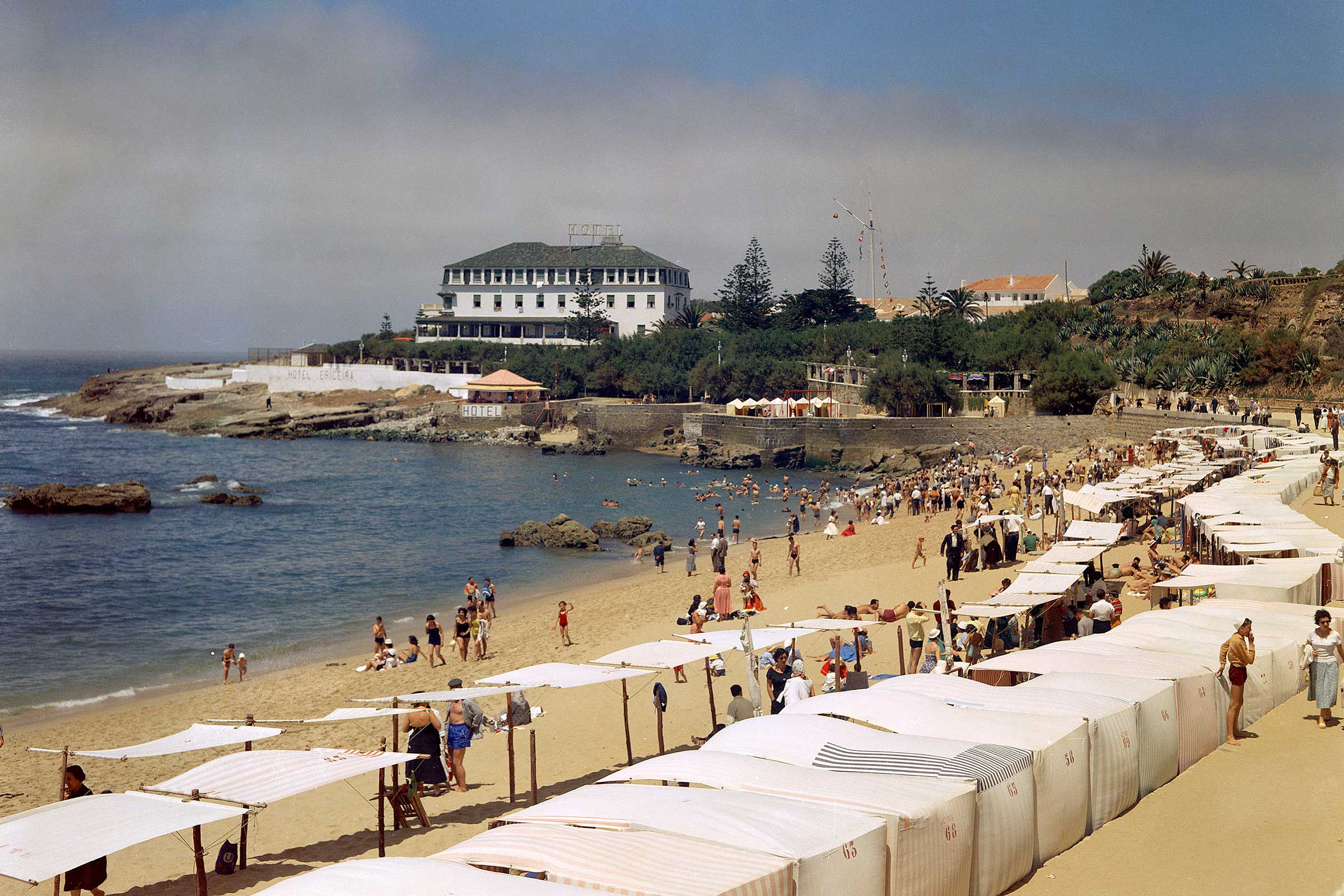
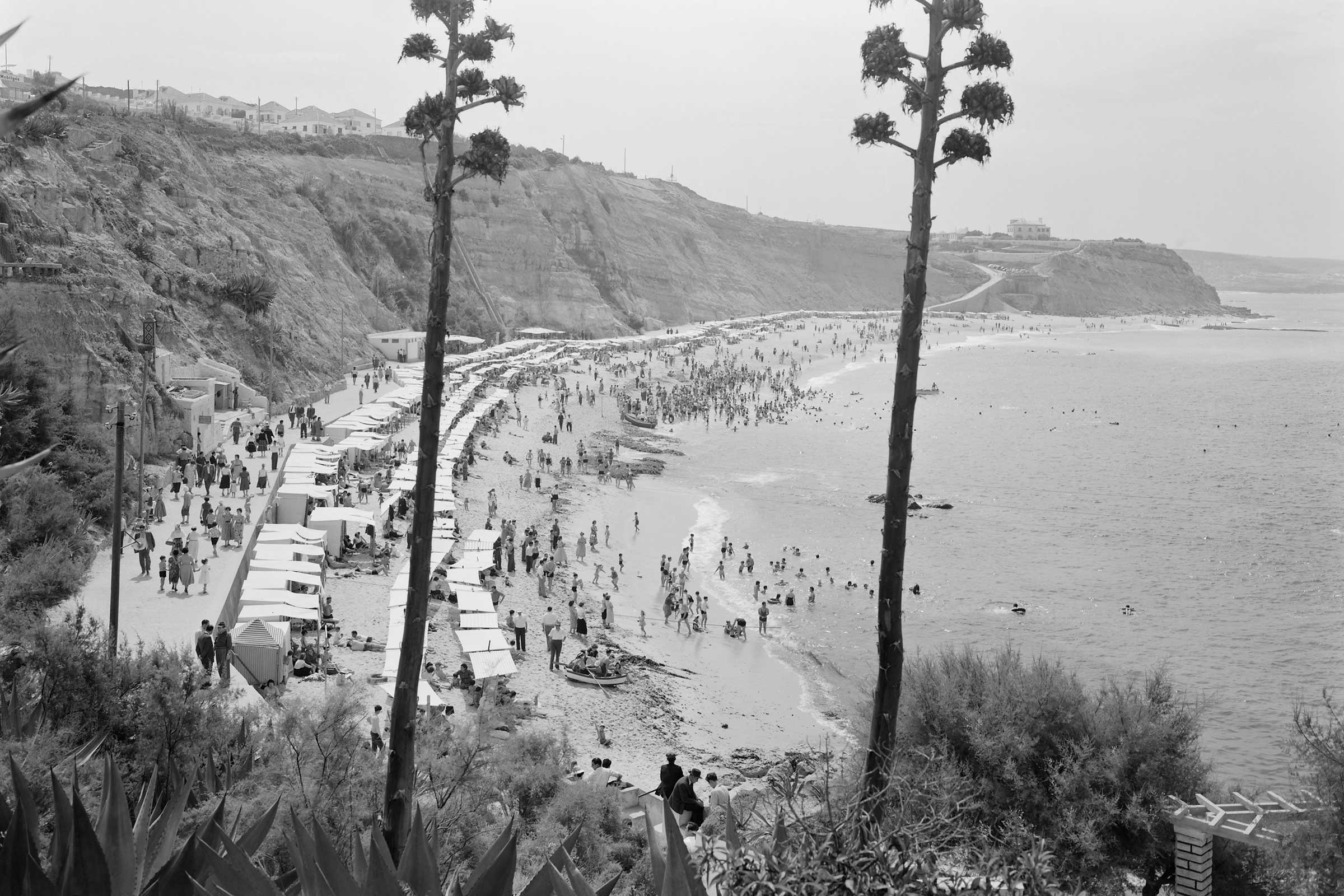

Praia das Maçãs “(…) where the river of the same name flows into a sandy beach strongly beaten by the waves. The sandy beach stretches for 500 metres. Sheltered from the S. and SE. winds, it is a splendid winter resort. In summer, the N. and NE. winds dominate.”
— Raul Proença in Guia de Portugal. Generalidades, Lisboa e arredores. Lisboa : B.N., imp. 1924 (pages 545-546)
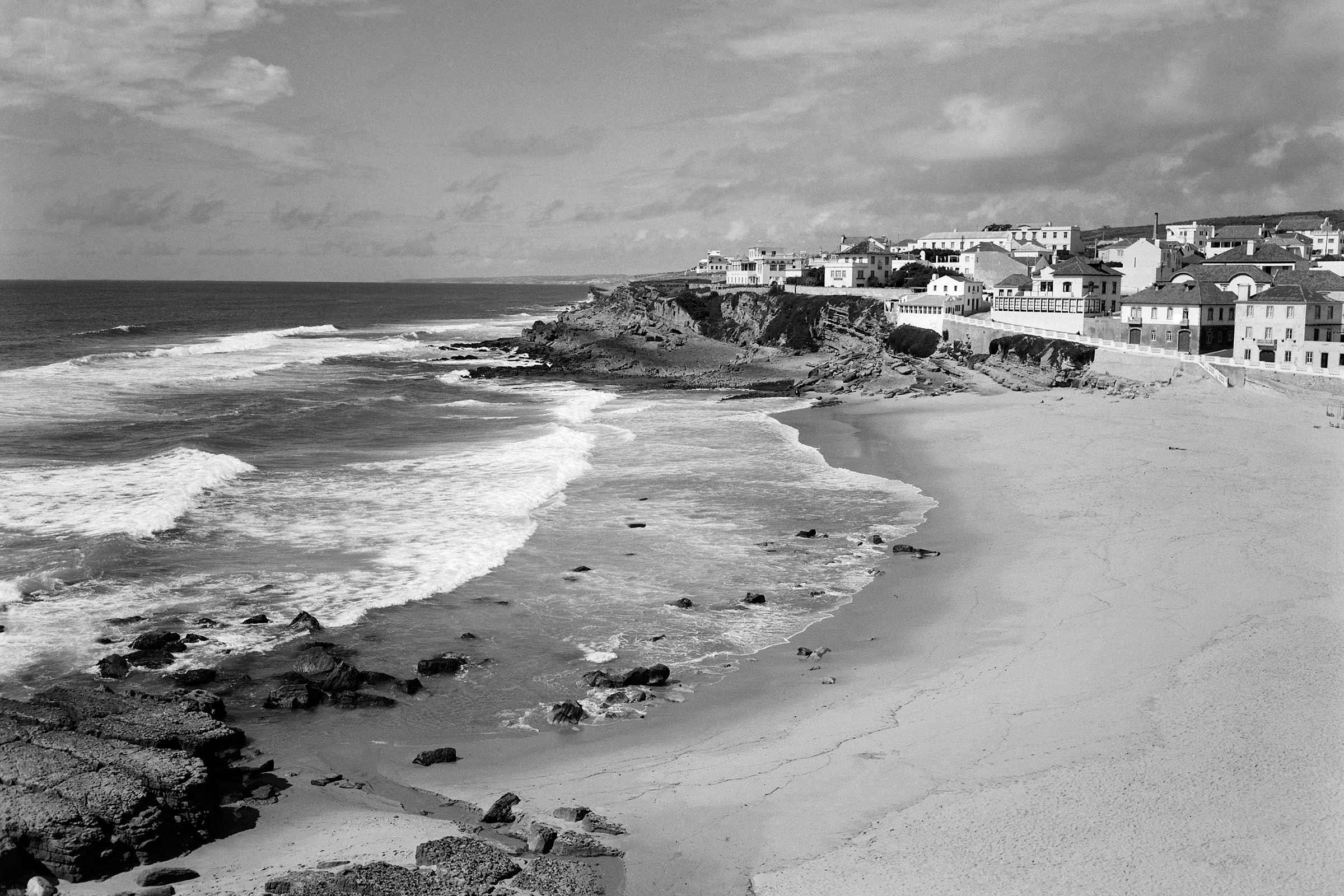
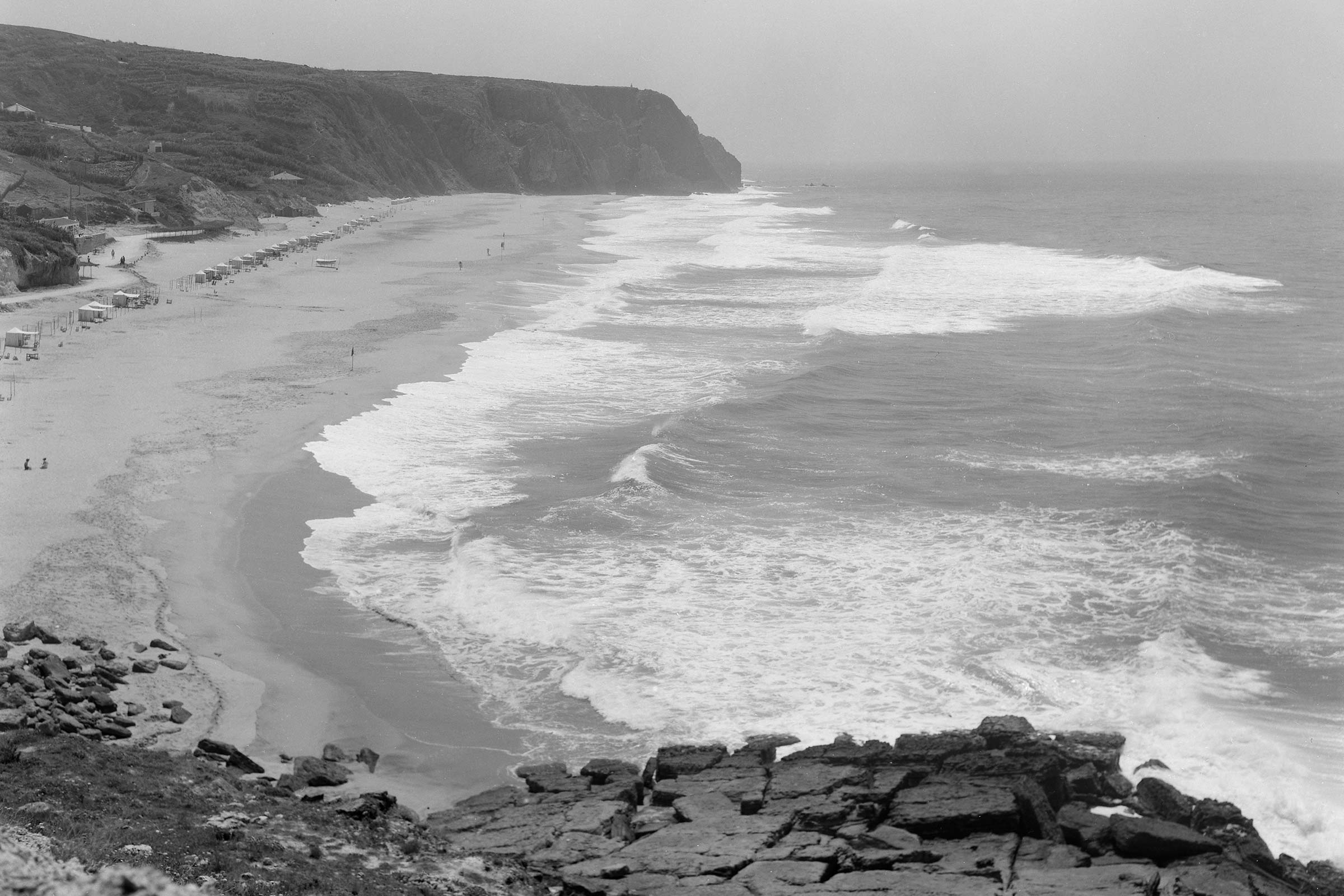
“Right in the gap where the road ends is Praia da Adraga, with a golden concave of sand between two formidable hills. One stands out like a huge rock fallen into the sea and the other looks like a petrified monster. What’s interesting here is the contrast between the jagged cliffs and the sand where the breezy sea spreads out.”
— Raul Proença in Guia de Portugal. Generalidades, Lisboa e arredores. Lisboa : B.N., imp. 1924 (page 543)
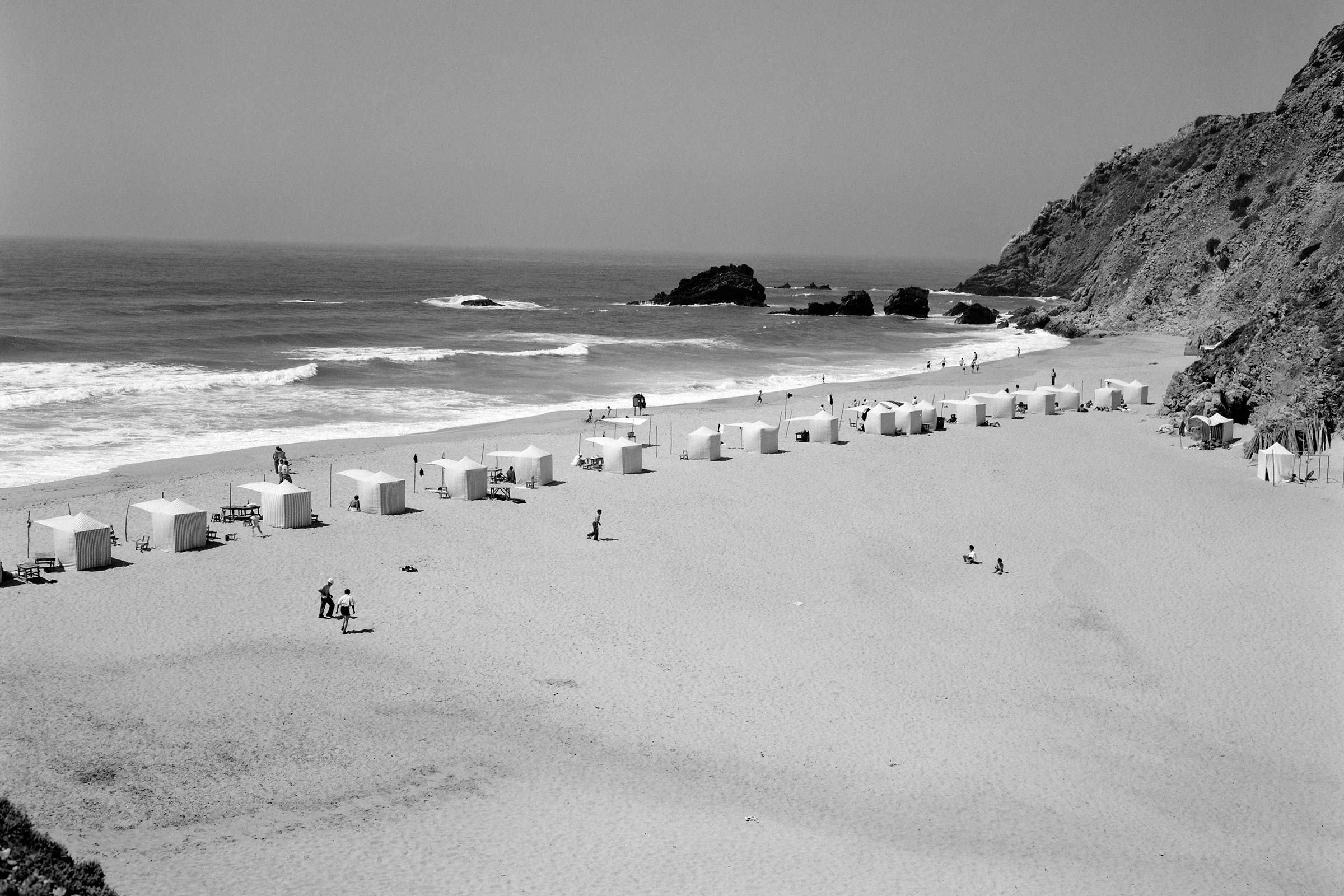
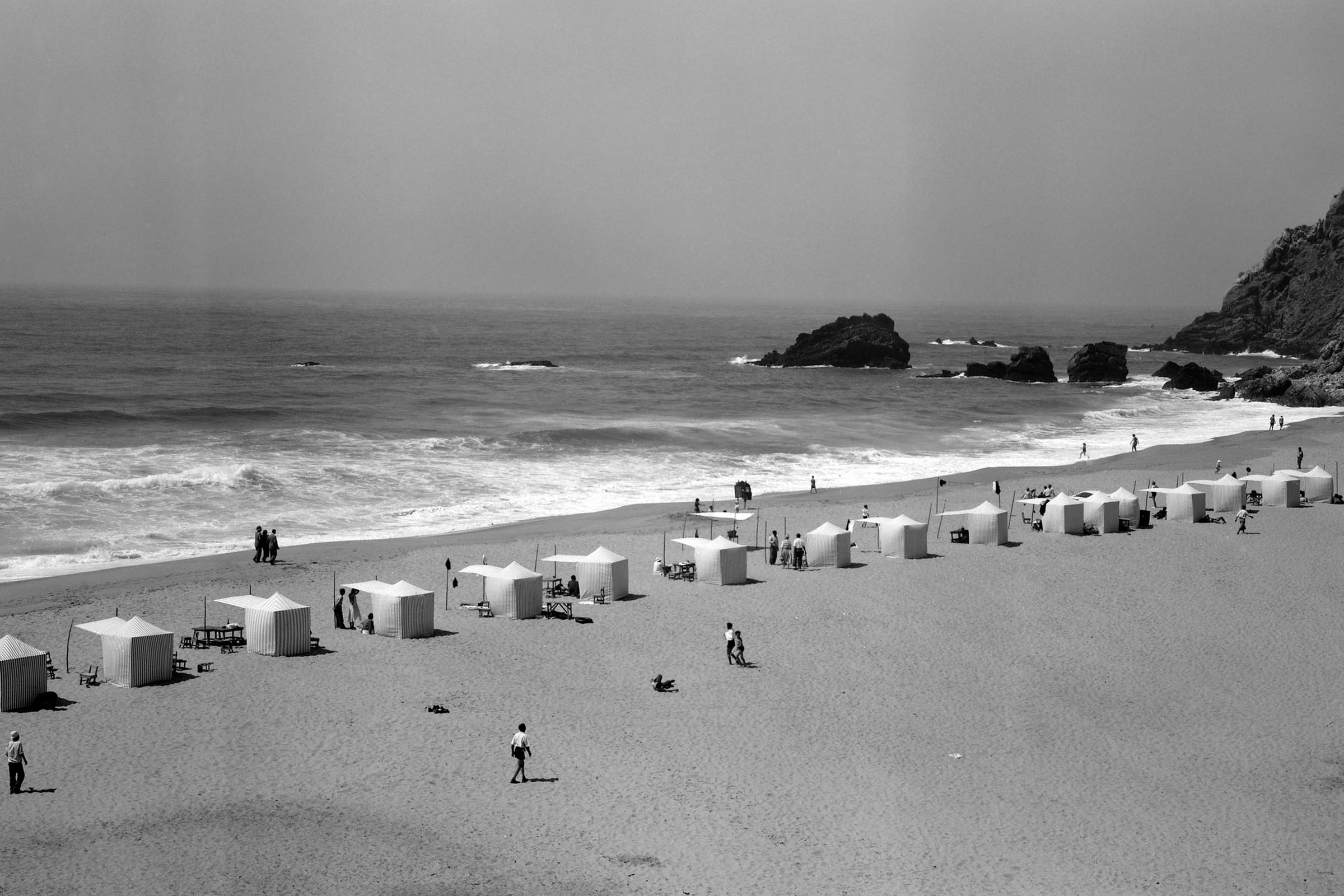
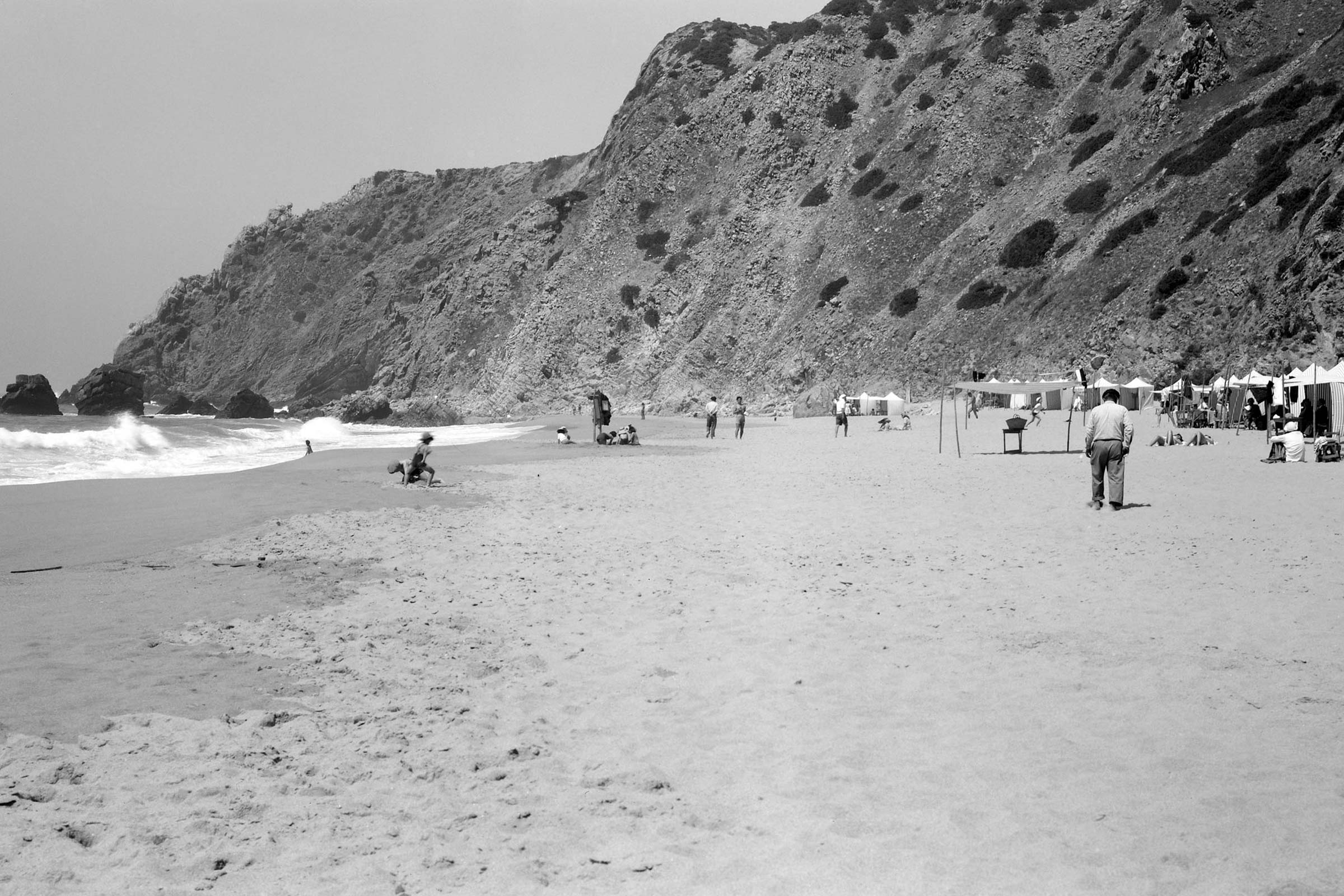
“(…) Praia do Guincho, an imposing cove with an extraordinary blue sea next to rugged rocks, closed off to the N by the mountainside (…)”
— Raul Proença in Guia de Portugal. Generalidades, Lisboa e arredores. Lisboa : B.N., imp. 1924 (page 604)
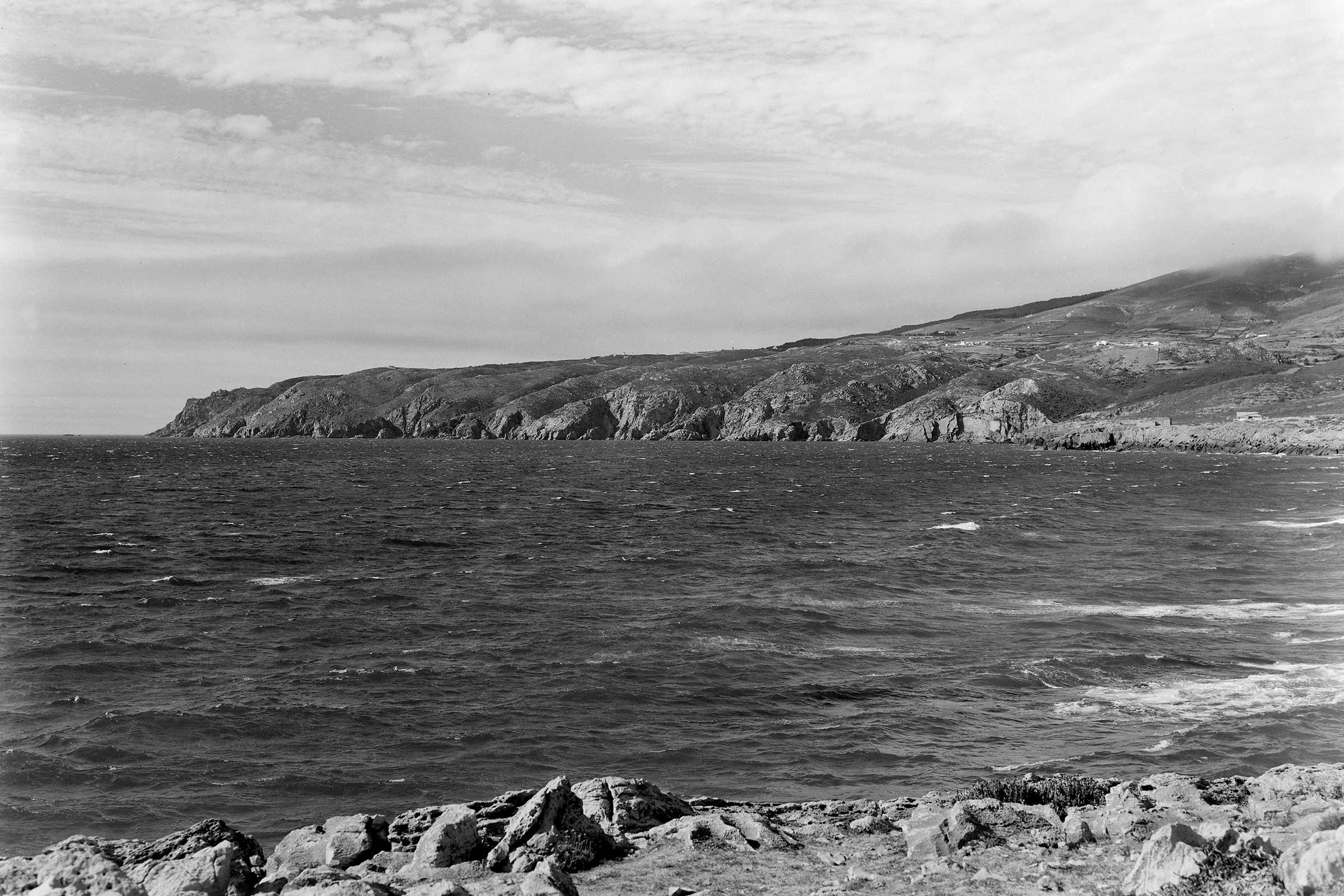
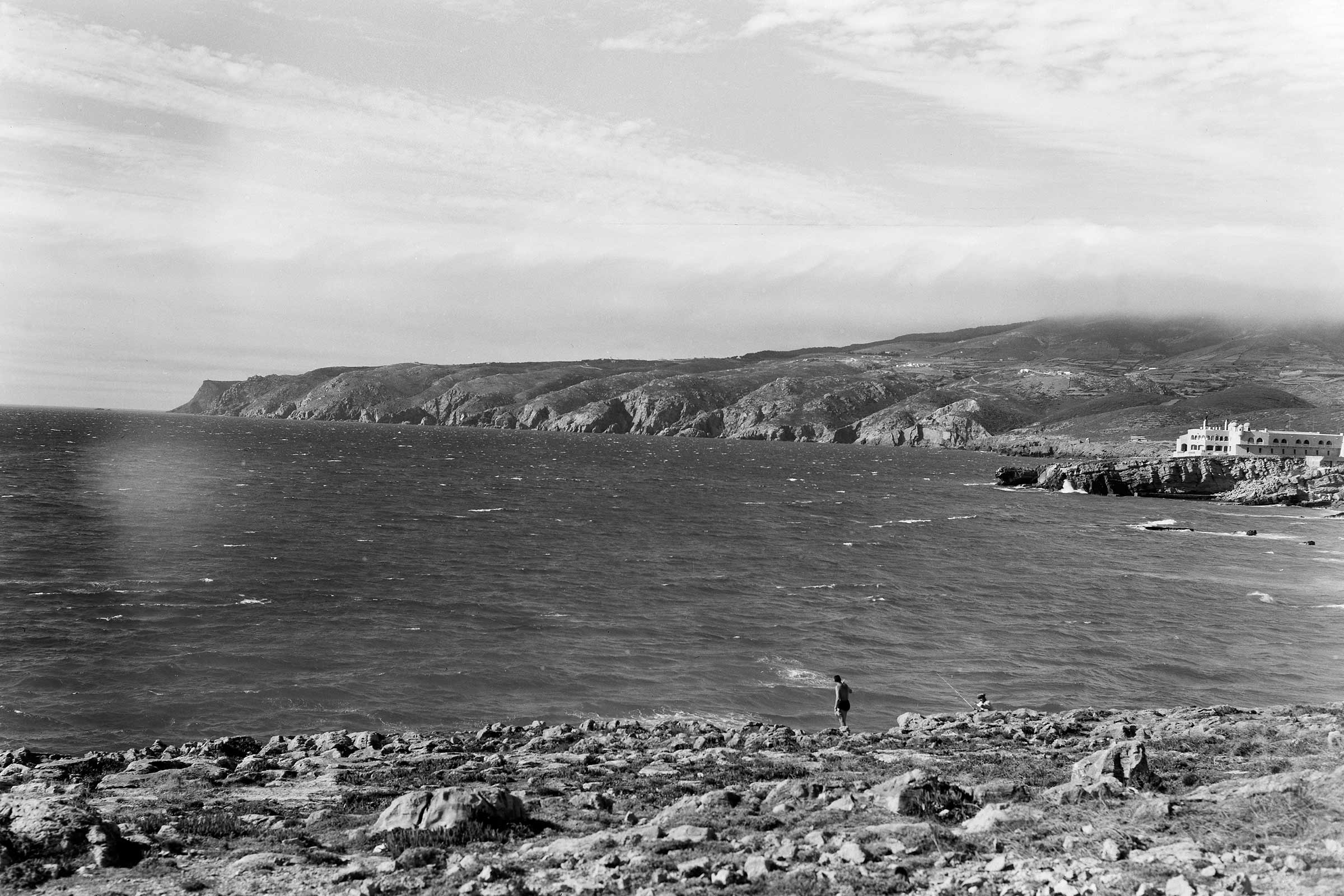

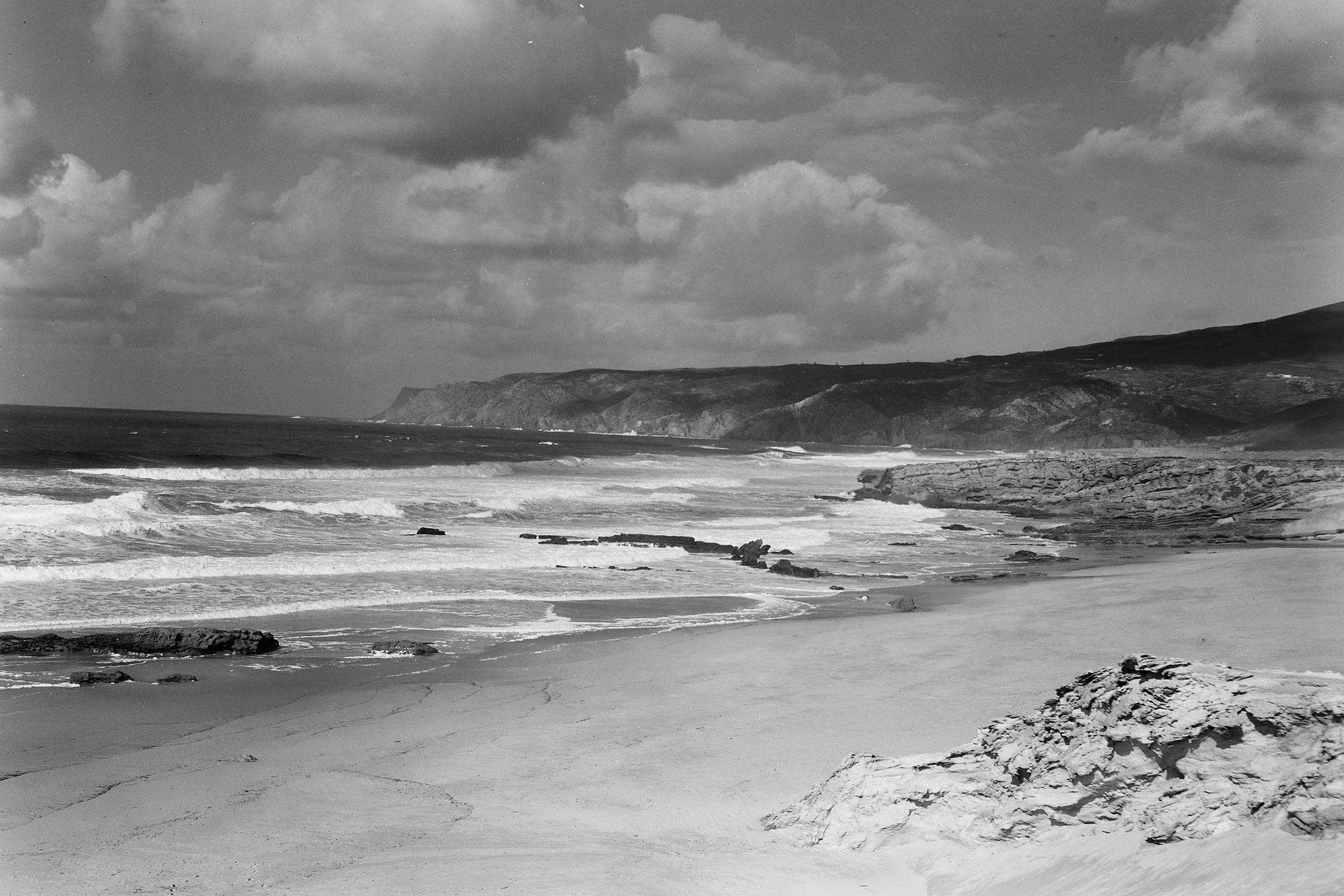
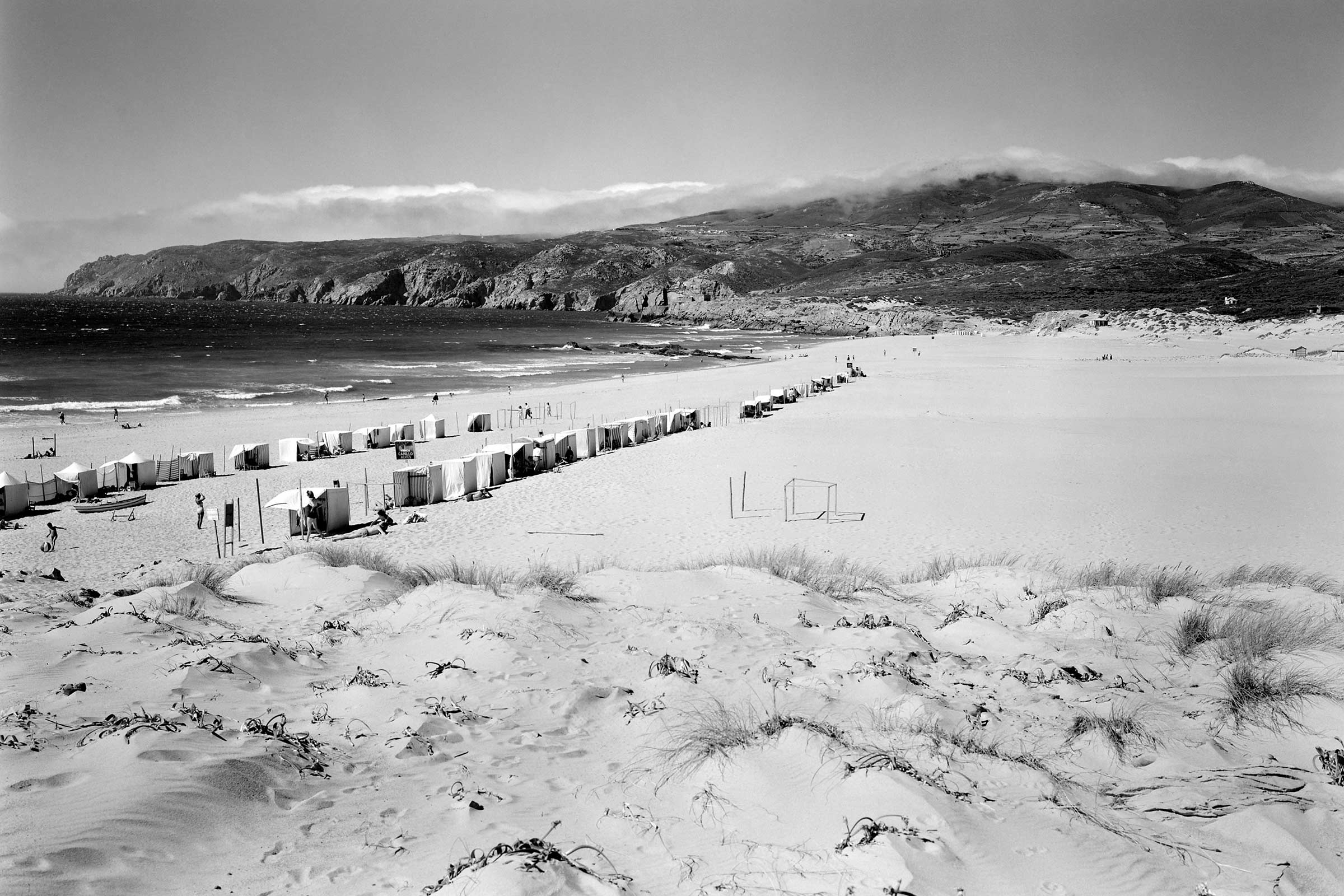
“Mont’ Estoril is an ideal place for rest and repose, especially to those who have overworked themselves, for there they will sleep better than at most other places.”
— Daniel Gelásio Dalgado in The climate of Lisbon […] : Mont’Estoril, on the Riviera of Portugal, and Cintra. London : H. K. Lewis, 1906 (page 26)

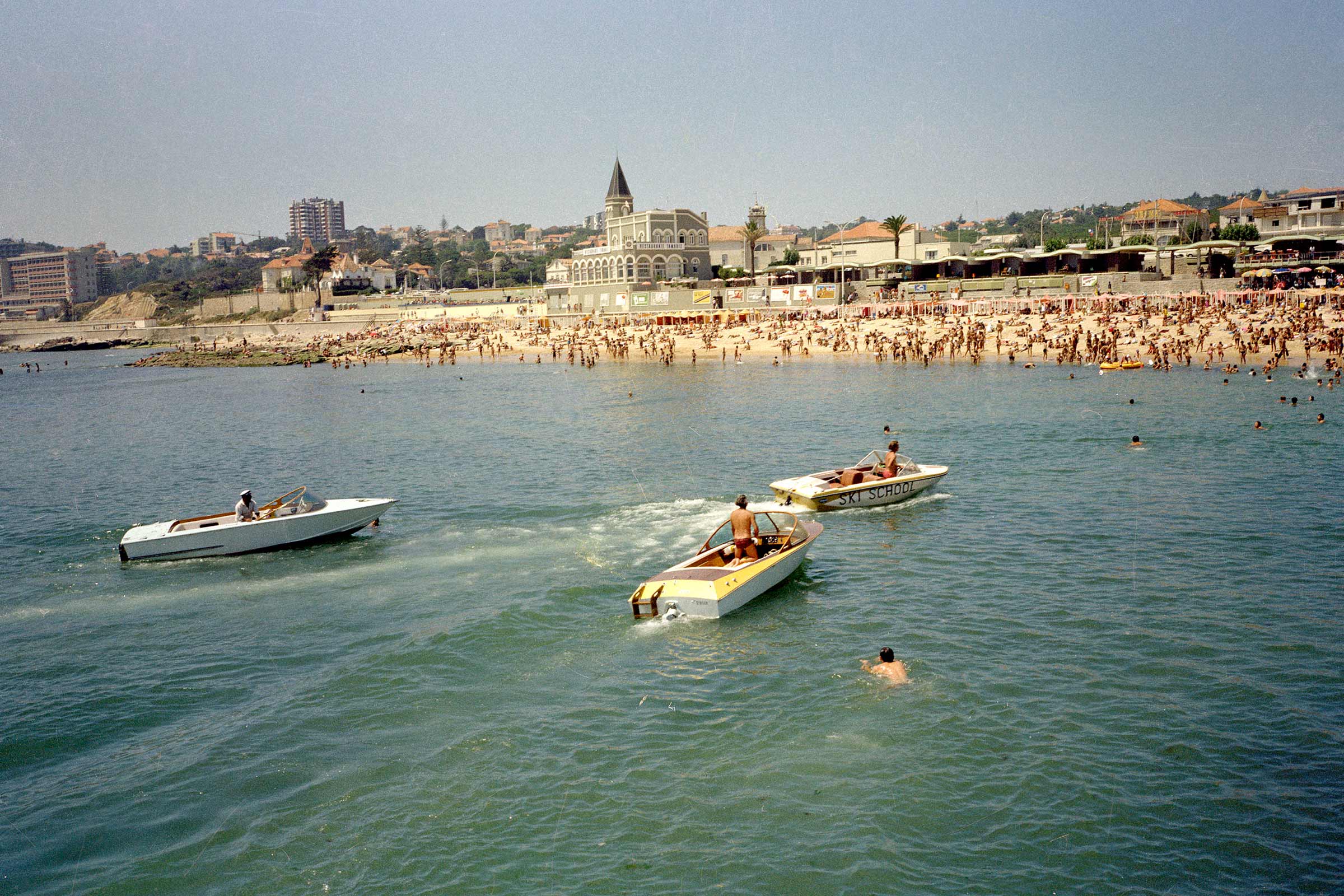
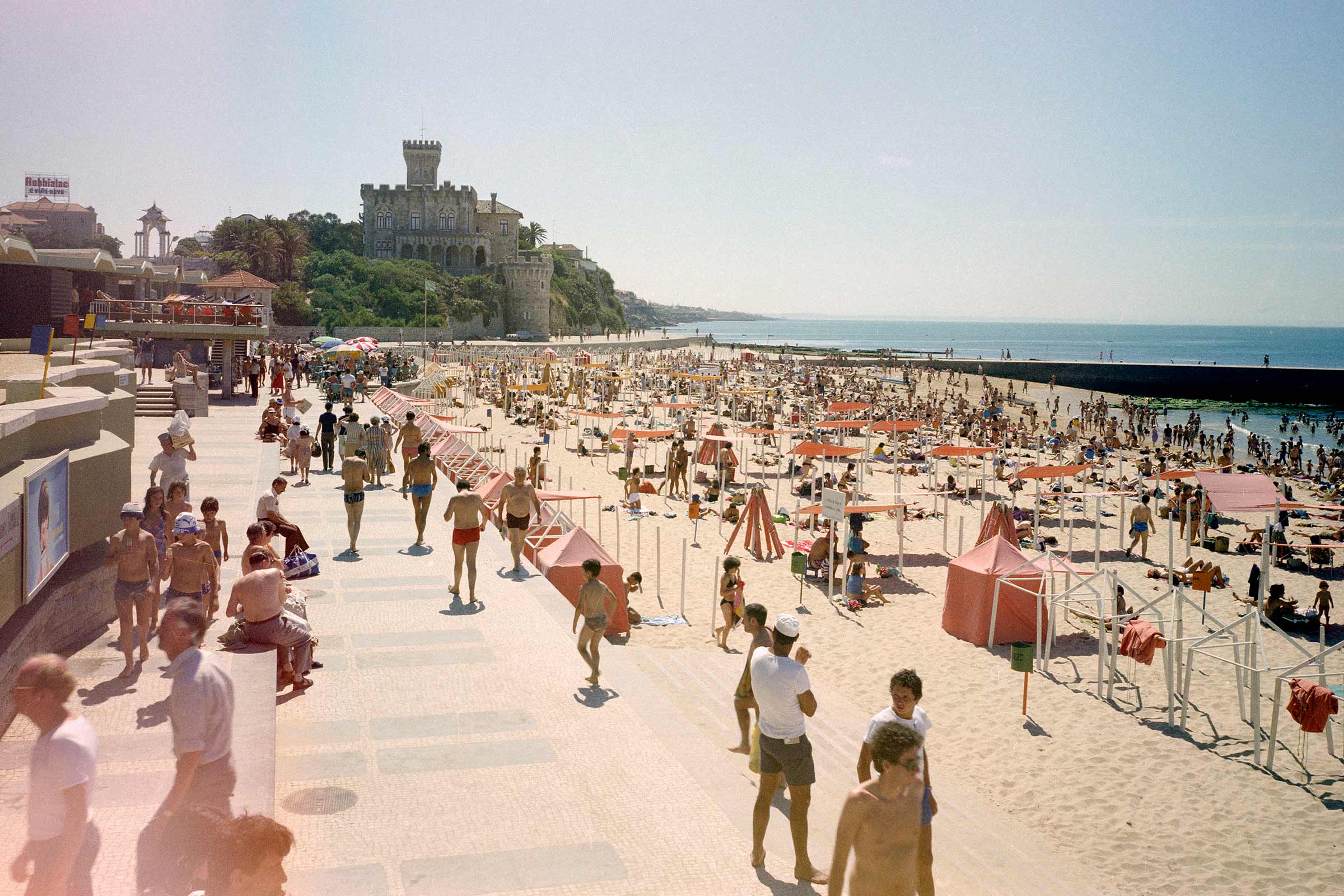


“We are in the region of Estoris, seaside resorts and winter resorts, already pretending to be civilised places with comfort and greenery, and whose row of villas, hotels, rustic houses or palaces constitute the only cosmopolitan resort we have in our midst. This is the beginning of the Portuguese Riviera – the Blue Cove. In fact, your eyes are immersed in a dazzling blue, and the sea takes on incomparable colours at every moment.”
— Raul Proença in Guia de Portugal. Generalidades, Lisboa e arredores. Lisboa : B.N., imp. 1924 (page 594)

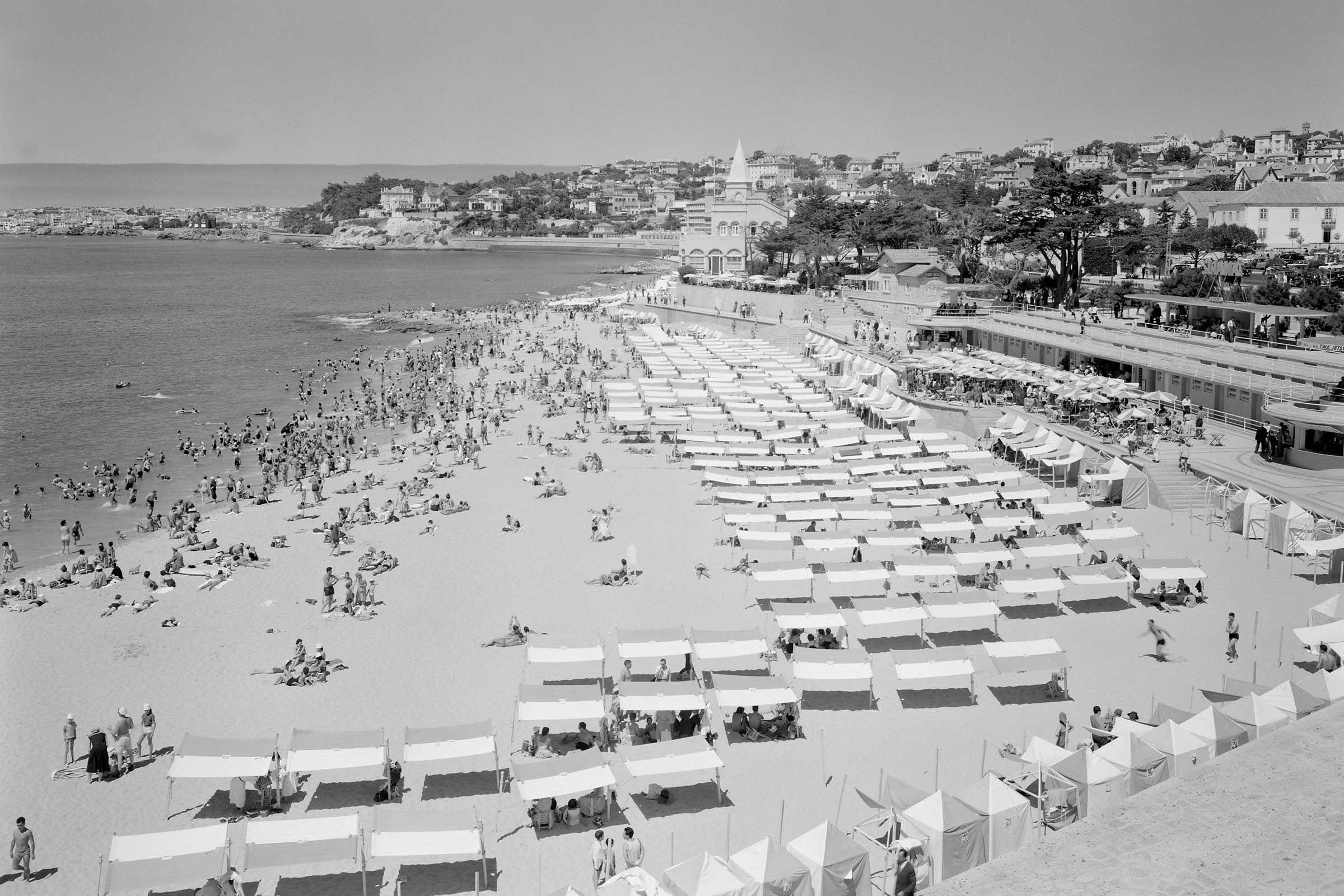
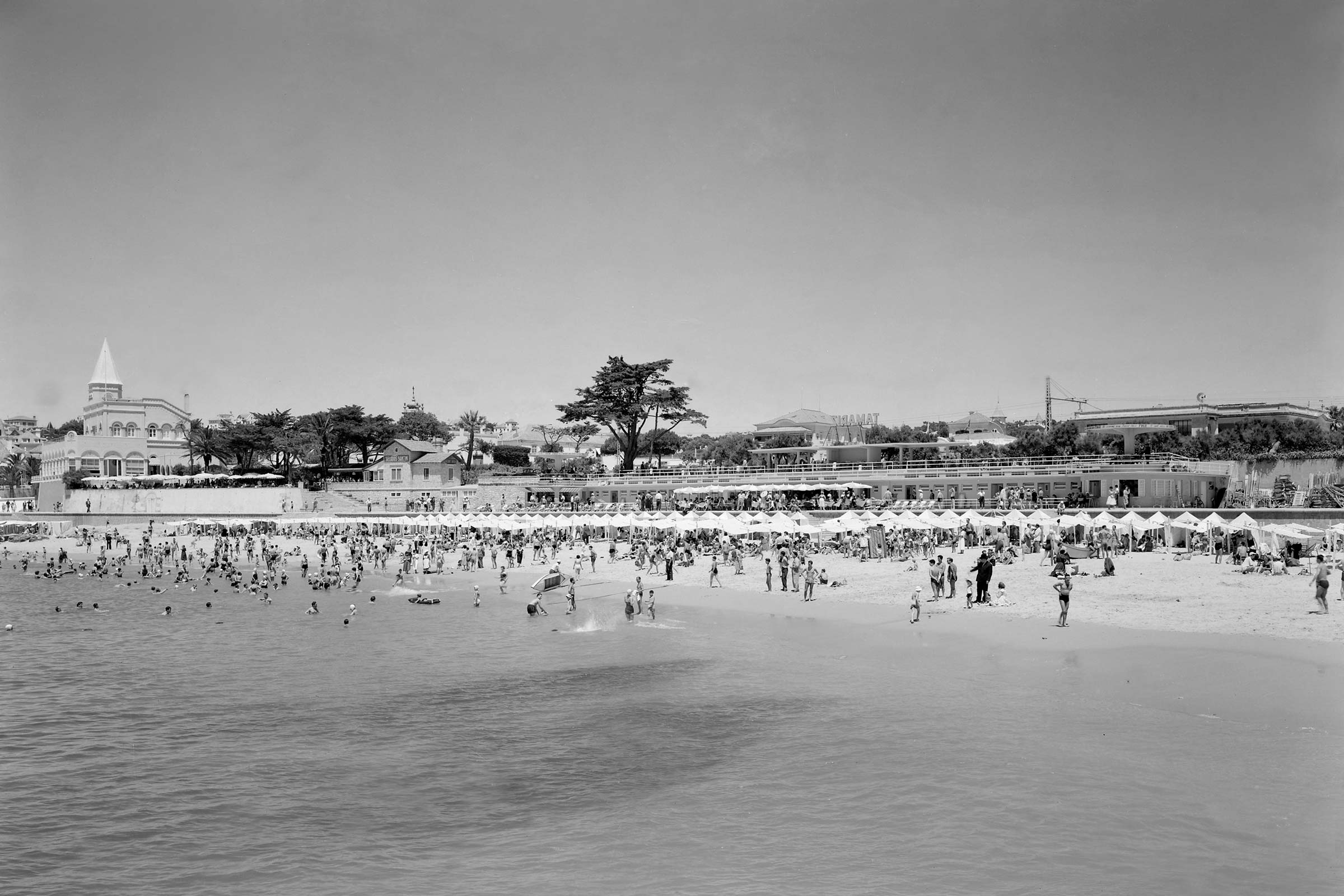

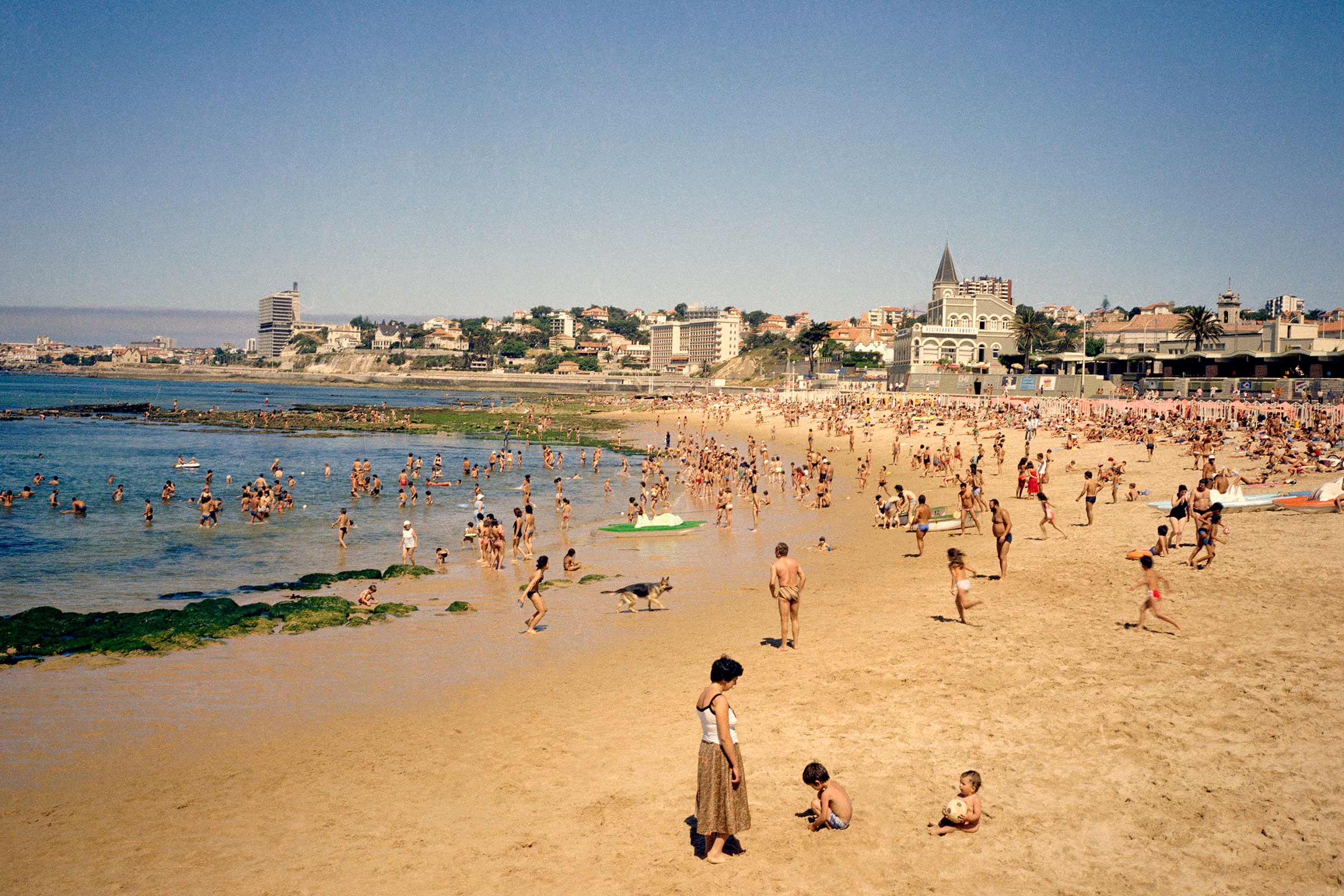
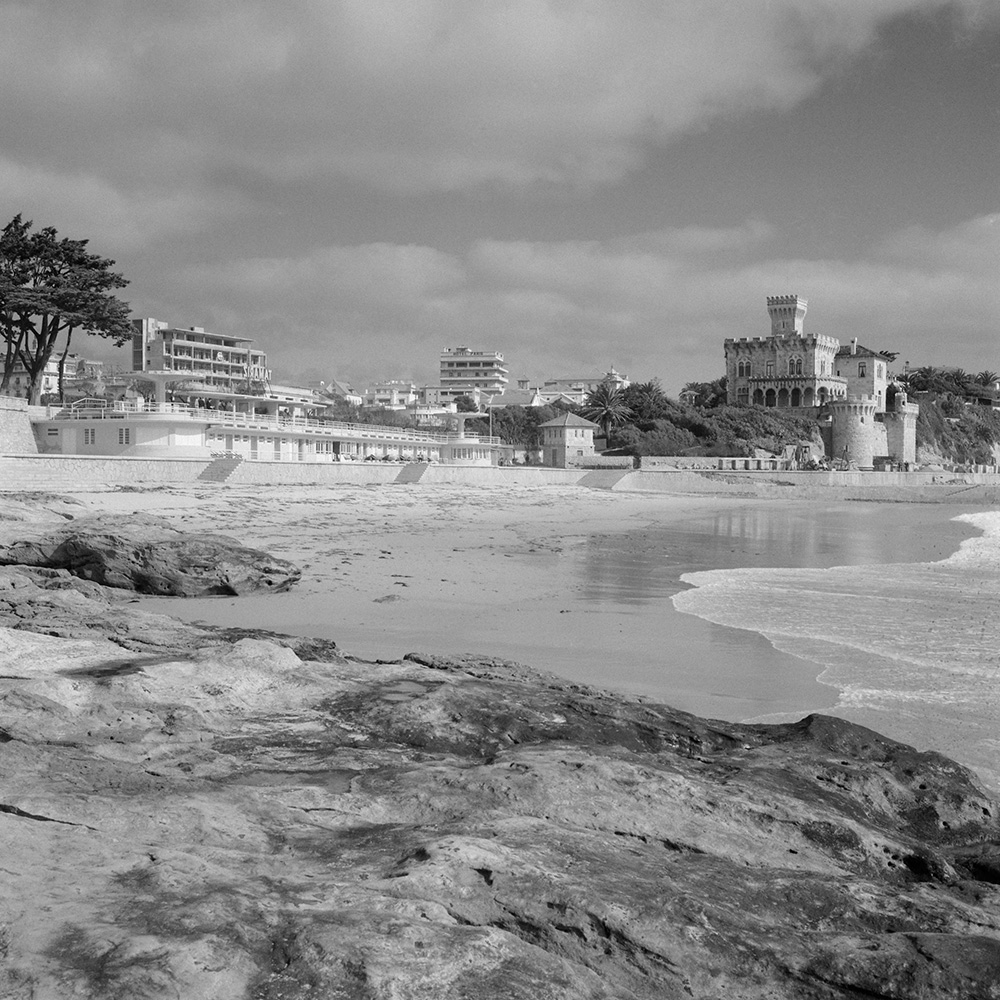
“Continuing our excursion, we soon have a beautiful panorama of Monte Estoril, framed by a belt of pine trees.”
— Raul Proença in Guia de Portugal. Generalidades, Lisboa e arredores. Lisboa : B.N., imp. 1924 (page 596)


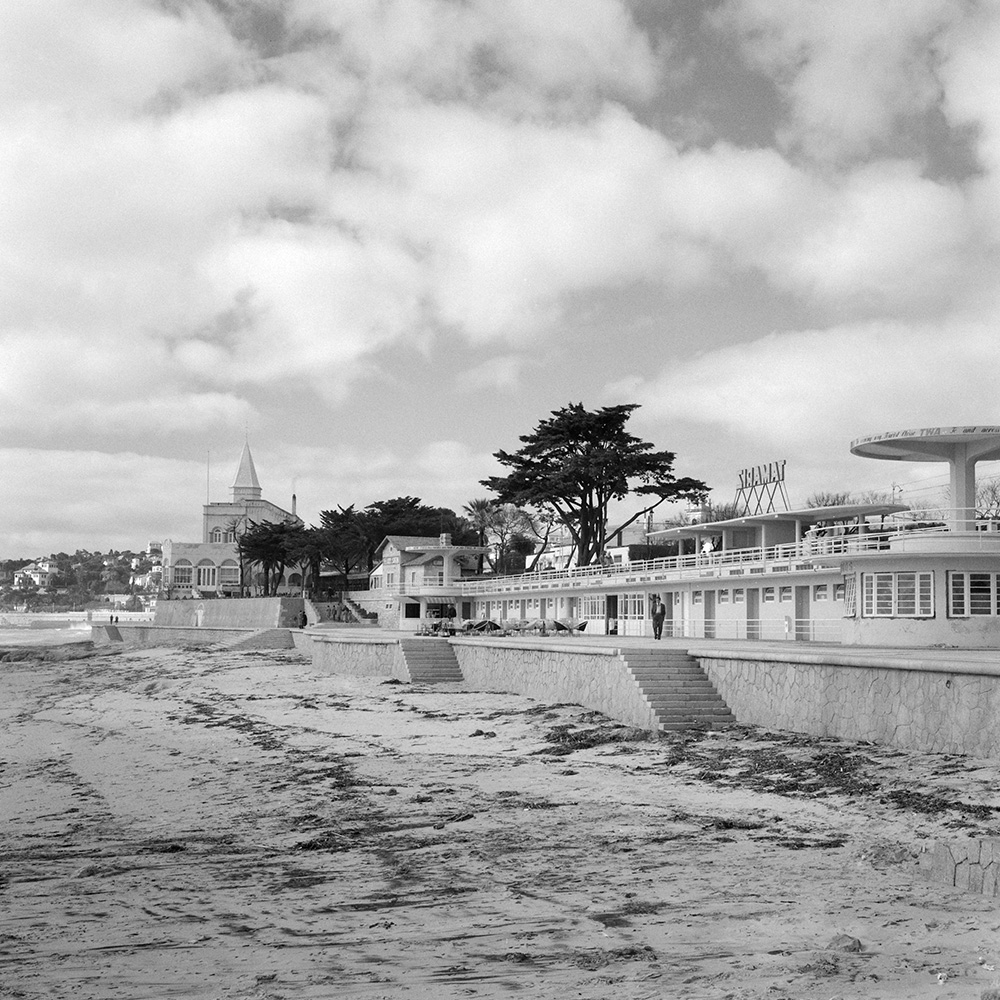


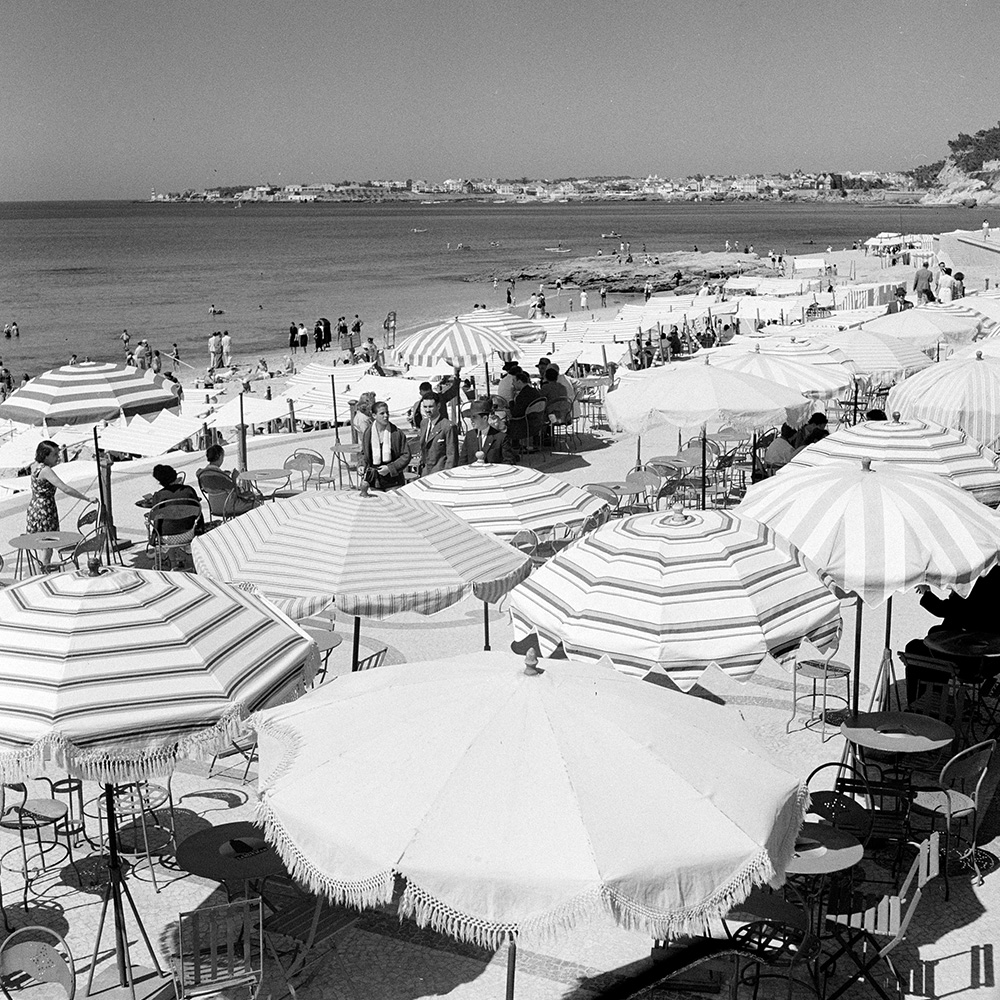
São João do Estoril “(…) it is, for the moment, only the antechamber of the luxurious and cosmopolitan resorts that are already, more or less, the other Estoris. The coastline is interesting, with its picturesque clusters of rocks, reminiscent of destroyed buildings; but its tiny, pretentious houses are in poor taste and have almost all been given ridiculous names.”
— Raul Proença in Guia de Portugal. Generalidades, Lisboa e arredores. Lisboa : B.N., imp. 1924 (page 596)
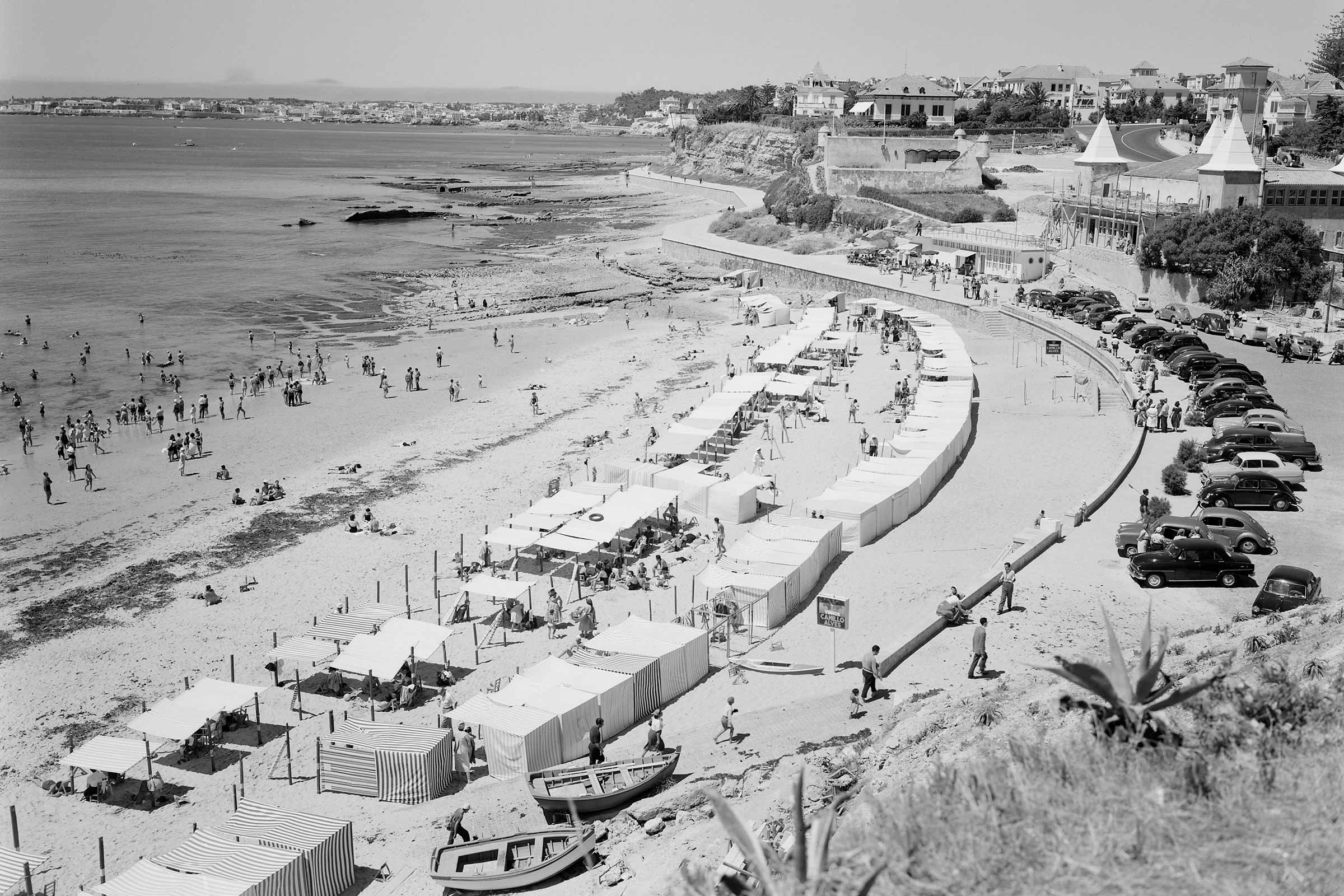
Praia da Parede “(…) another beach, the most popular on the coast after Cascais, Estoris and Paço de Arcos.”
— Aquilino Ribeiro in Guia de Portugal. Generalidades, Lisboa e arredores. Lisboa : B.N., imp. 1924 (page 593)
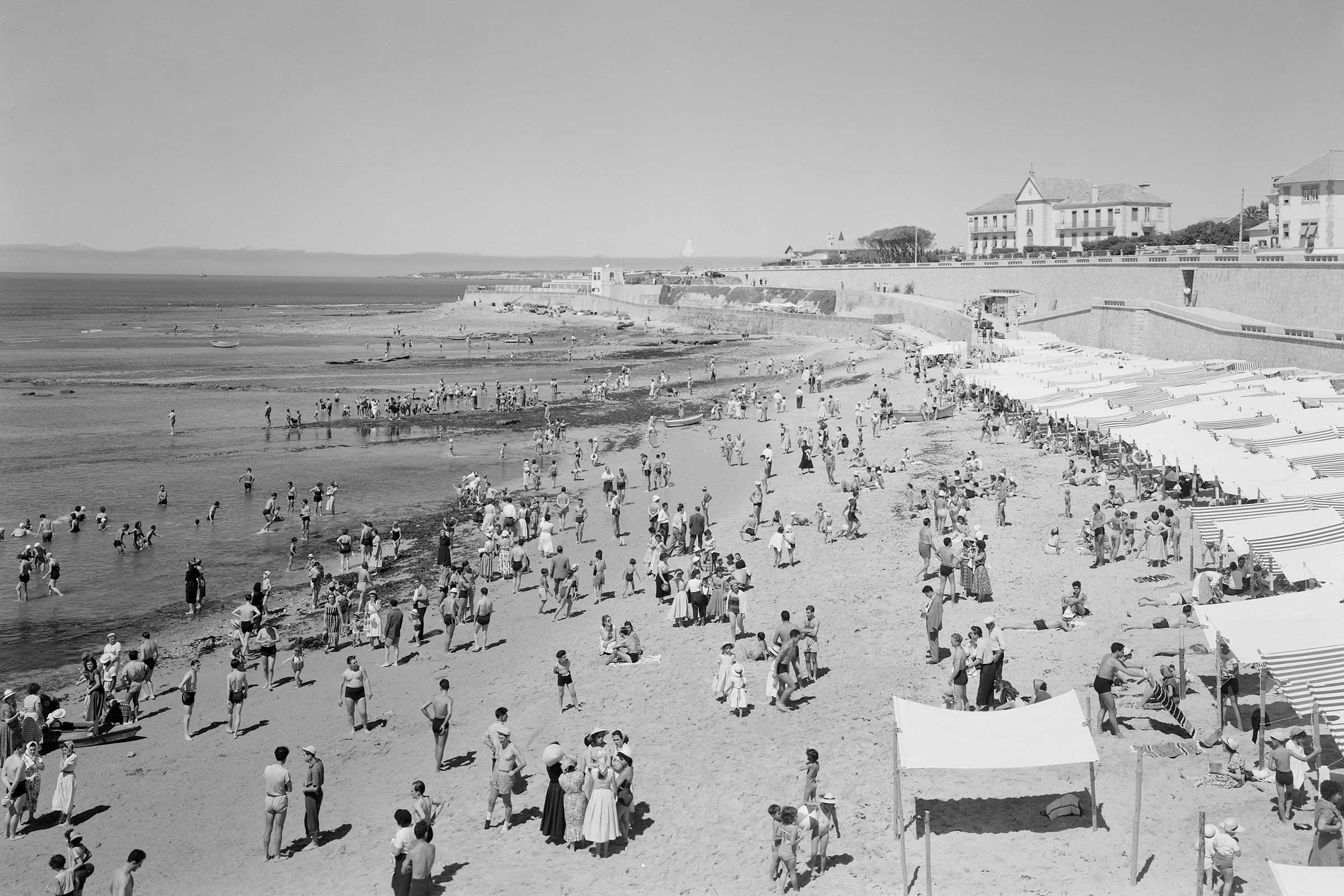
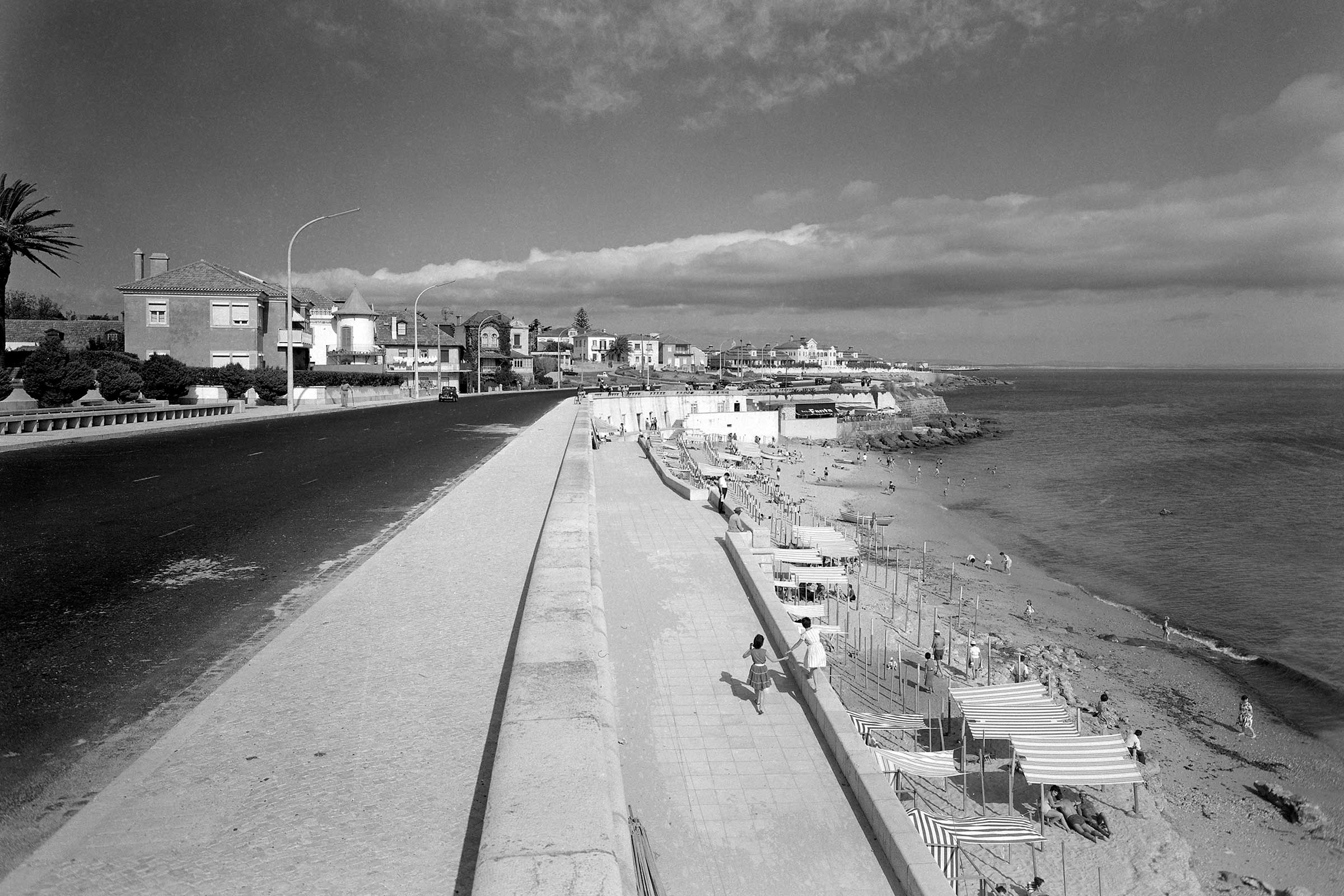
Praia de Carcavelos “(…) another small bathing beach, this one in the middle of the Atlantic.”
— Aquilino Ribeiro in Guia de Portugal. Generalidades, Lisboa e arredores. Lisboa : B.N., imp. 1924 (pages 592-593)
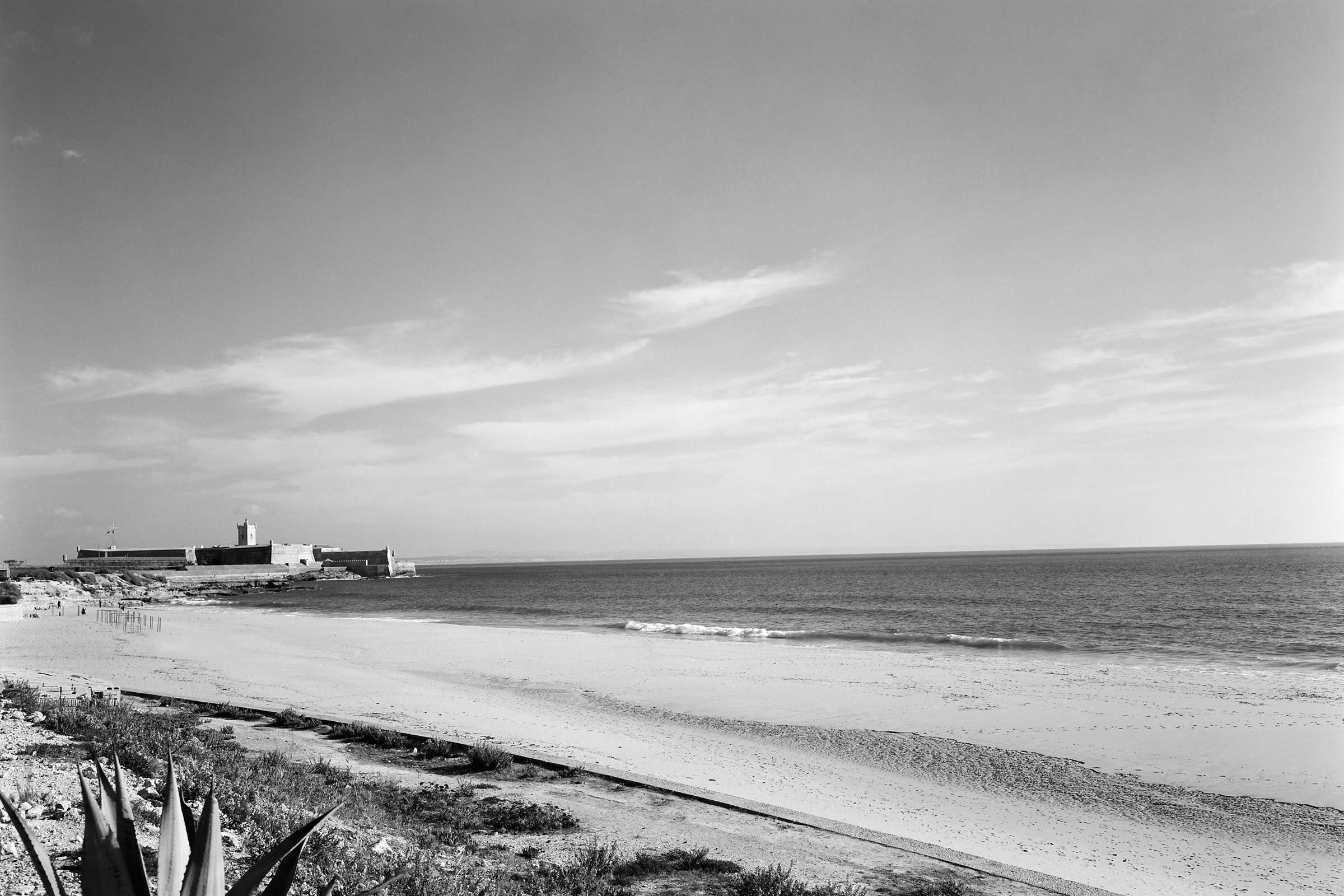


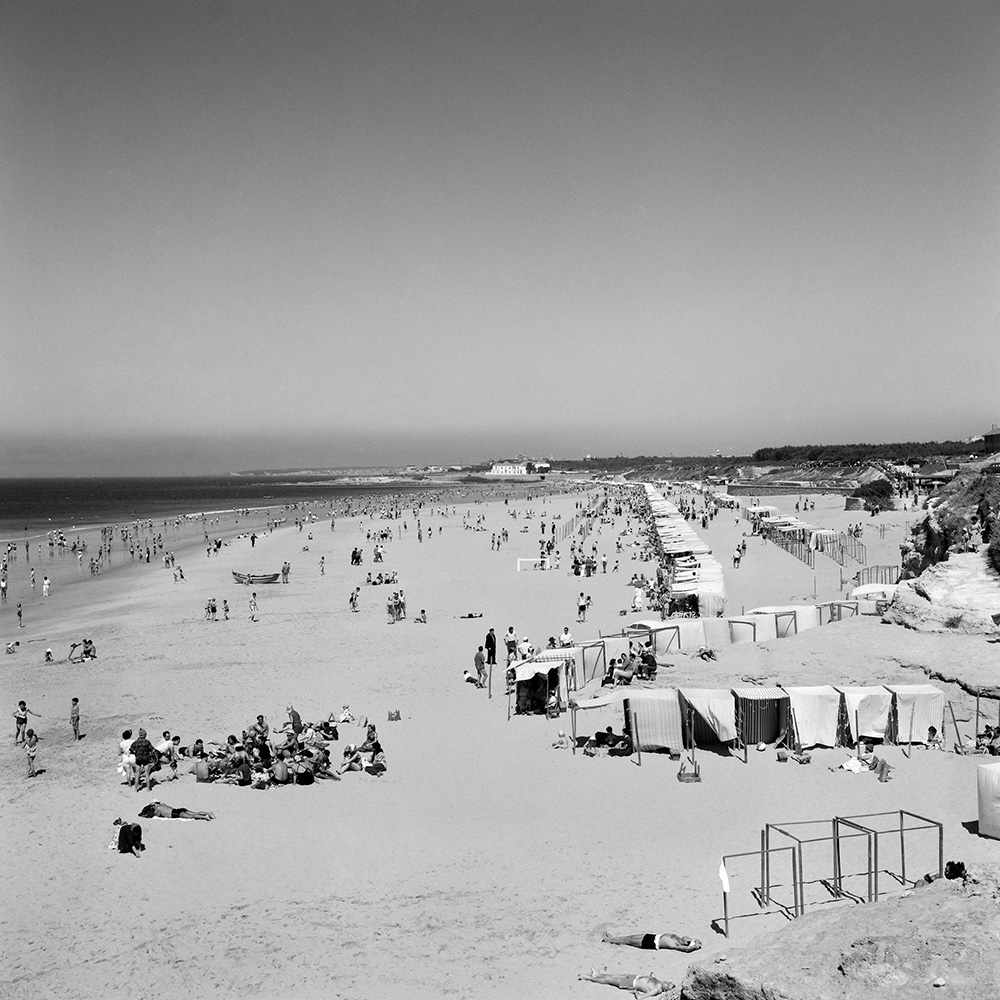


“Sesimbra, (…) a beautiful beach located on an island exposed to the S., sheltered from all winds except the midday one (…) its natural conditions are magnificent; the length of the beach is 100 metres and the bottom is fine sand.”
— Raul Proença in Guia de Portugal. Generalidades, Lisboa e arredores. Lisboa : B.N., imp. 1924 (page 614)
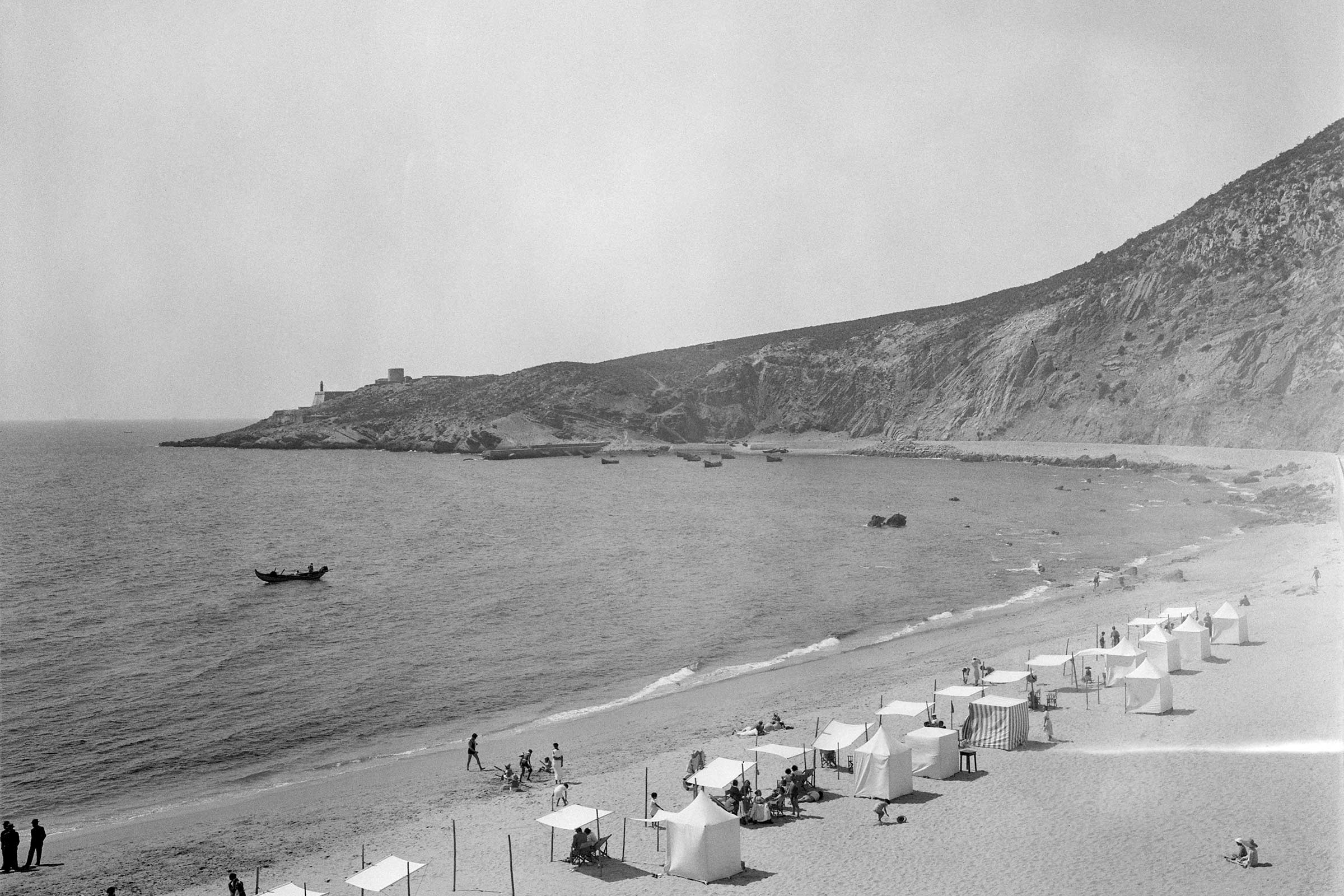

“The Portinho da Arrábida, set like a splendid jewel between the huge sharp cliff and a cove of placid waters of an admirable Mediterranean blue, immediately gives an impression of rare penetrating beauty (…) There is a small gulf of liquid sapphire that disturbs; and to the east the luminous expanse of the bay unfolds, blue with deep waters, golden with soft sands (…)”
— Raul Proença in Guia de Portugal. Generalidades, Lisboa e arredores. Lisboa : B.N., imp. 1924 (page 656)
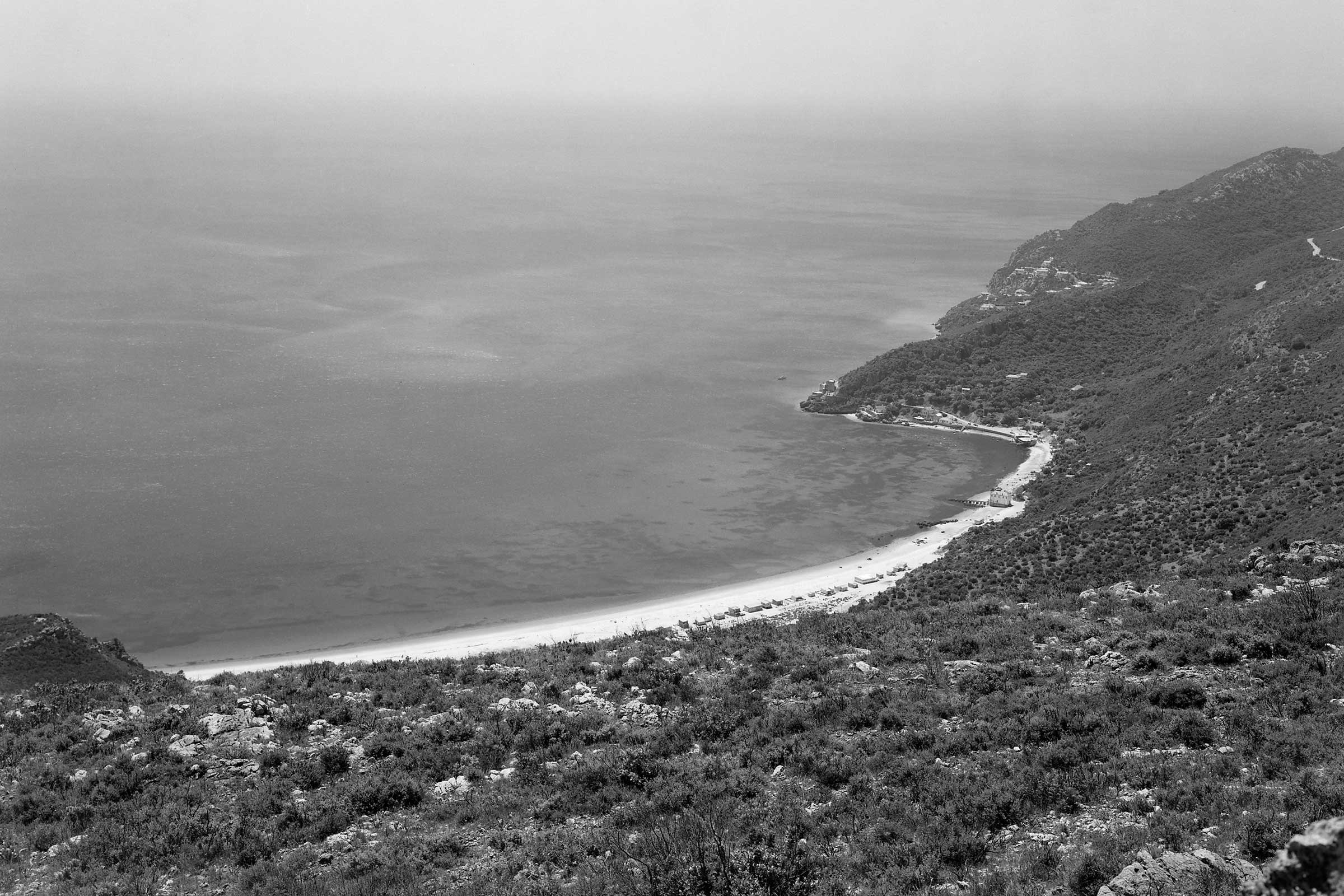


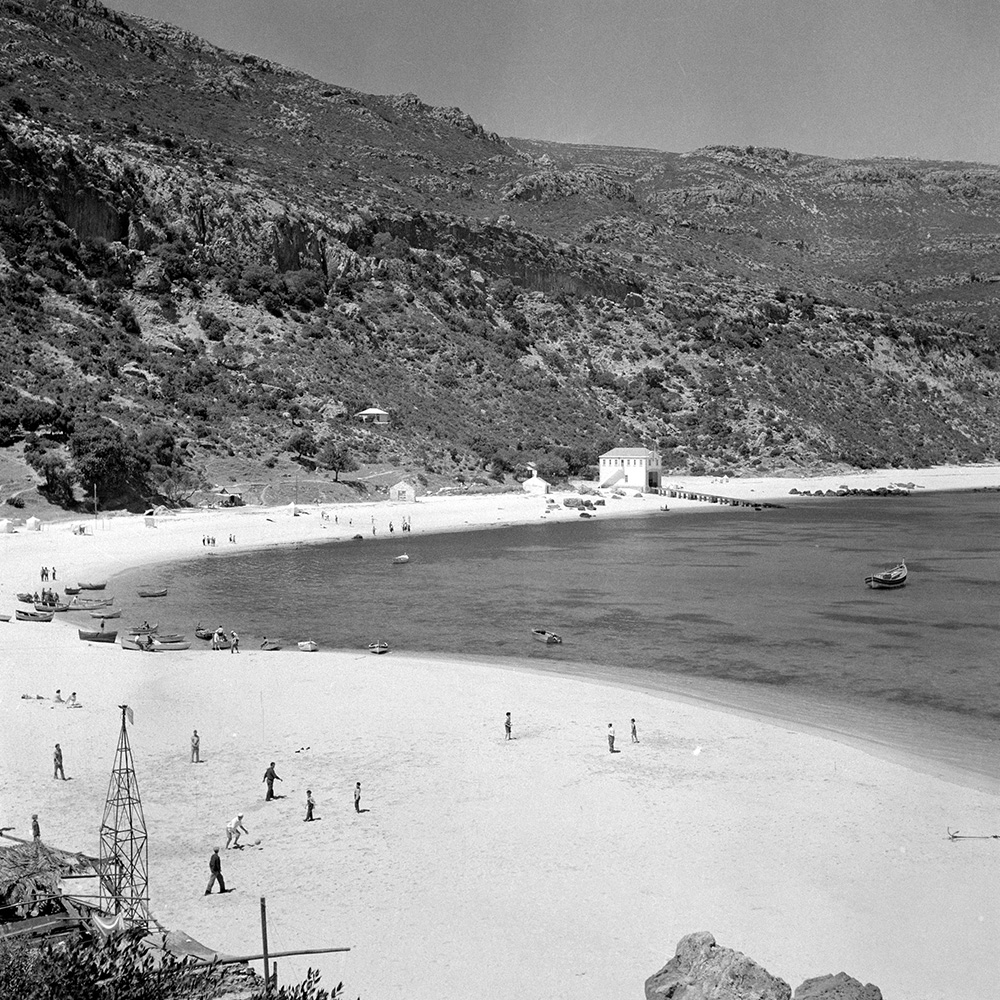
Alentejo and Algarve
Sines “Isolated from the world, lost in the immense sand of the dune, served by completely ruined roads, without the hotels and casinos demanded by comfort and fashion, still wild and somewhat rough, it is no wonder that this magnificent beach has not been chosen as the mansion of tourism (…) And yet few beaches in the country can match it in the deep blue of the waters and the diffuse width of the horizon that its cliffs dominate.”
— Raul Proença in Guia de Portugal. Extremadura, Alentejo, Algarve. Lisboa : B.N., imp. 1927 (page 11)

“Alvor is close to the mouth of the river of the same name, with a small beach frequented by the mountain people of Monchique. Of course, there are no distractions, the water is bad and the houses are not rented furnished.”
— Raul Proença in Guia de Portugal. Extremadura, Alentejo, Algarve. Lisboa : B.N., imp. 1927 (page 280)
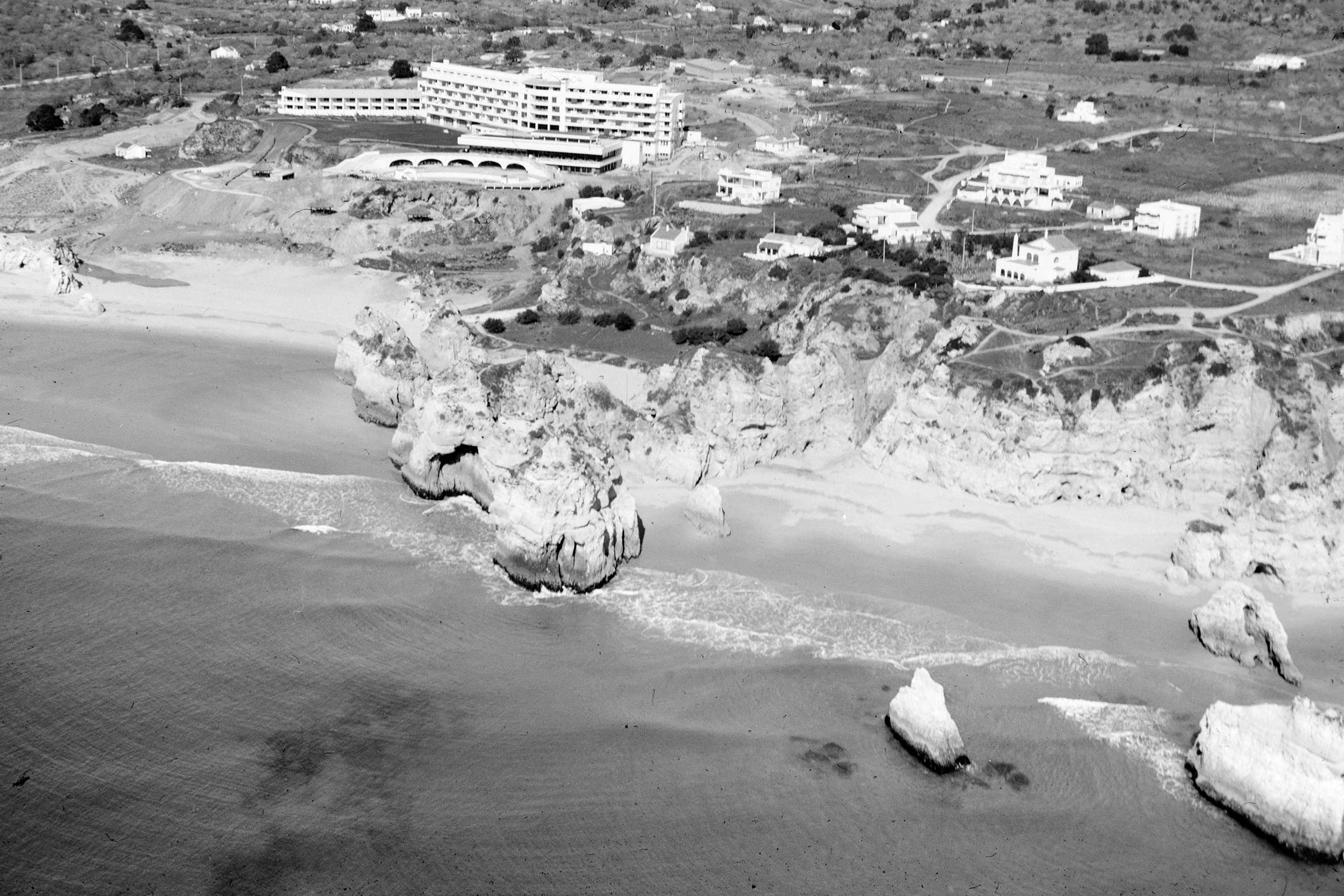
“Praia da Rocha, a wide balcony opens on one side to the dazzling ocean and on the other to the azure figure of Monchique (…) While it may be an exaggeration to call it the most beautiful beach in Portugal, it is, however, one of the longest and flattest, the one with the finest and most golden sand and, due to the design and colour of the leixons and fraguedos, certainly the most strangely decorative.”
— Raul Proença in Guia de Portugal. Extremadura, Alentejo, Algarve. Lisboa : B.N., imp. 1927 (page 274)



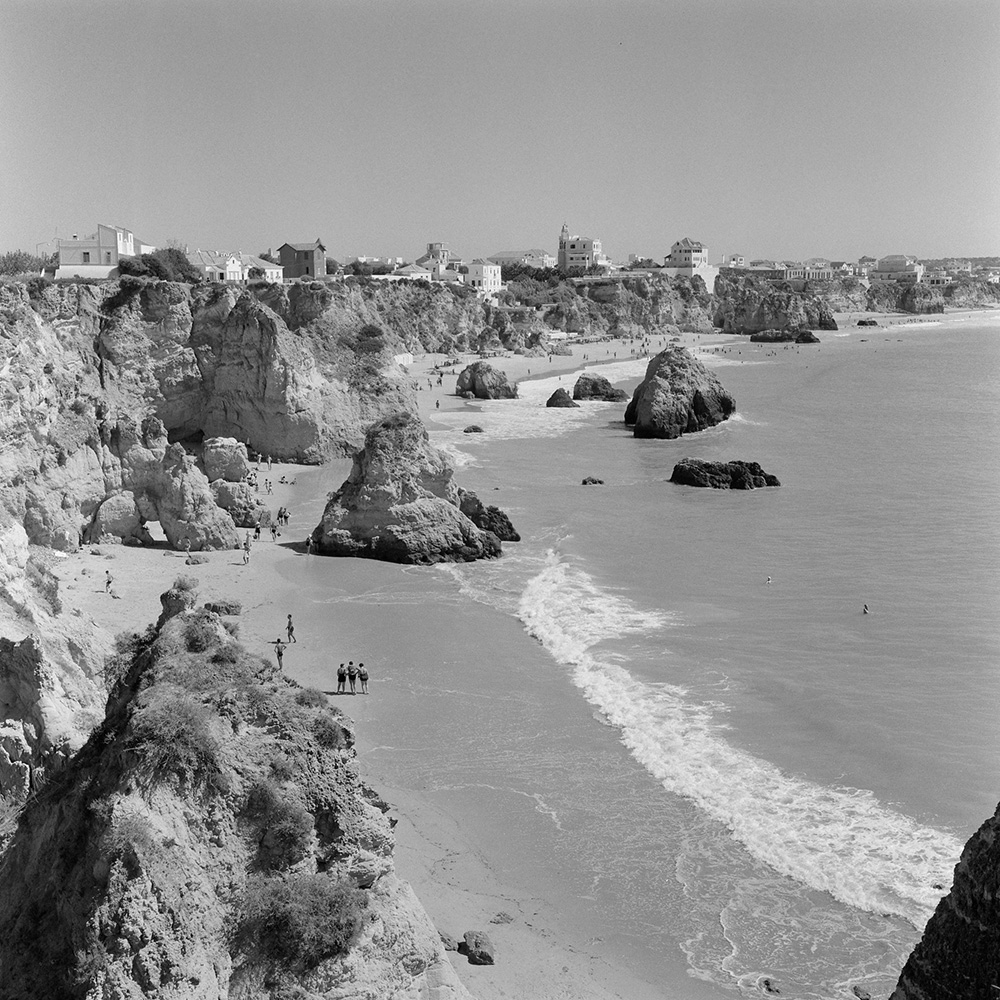
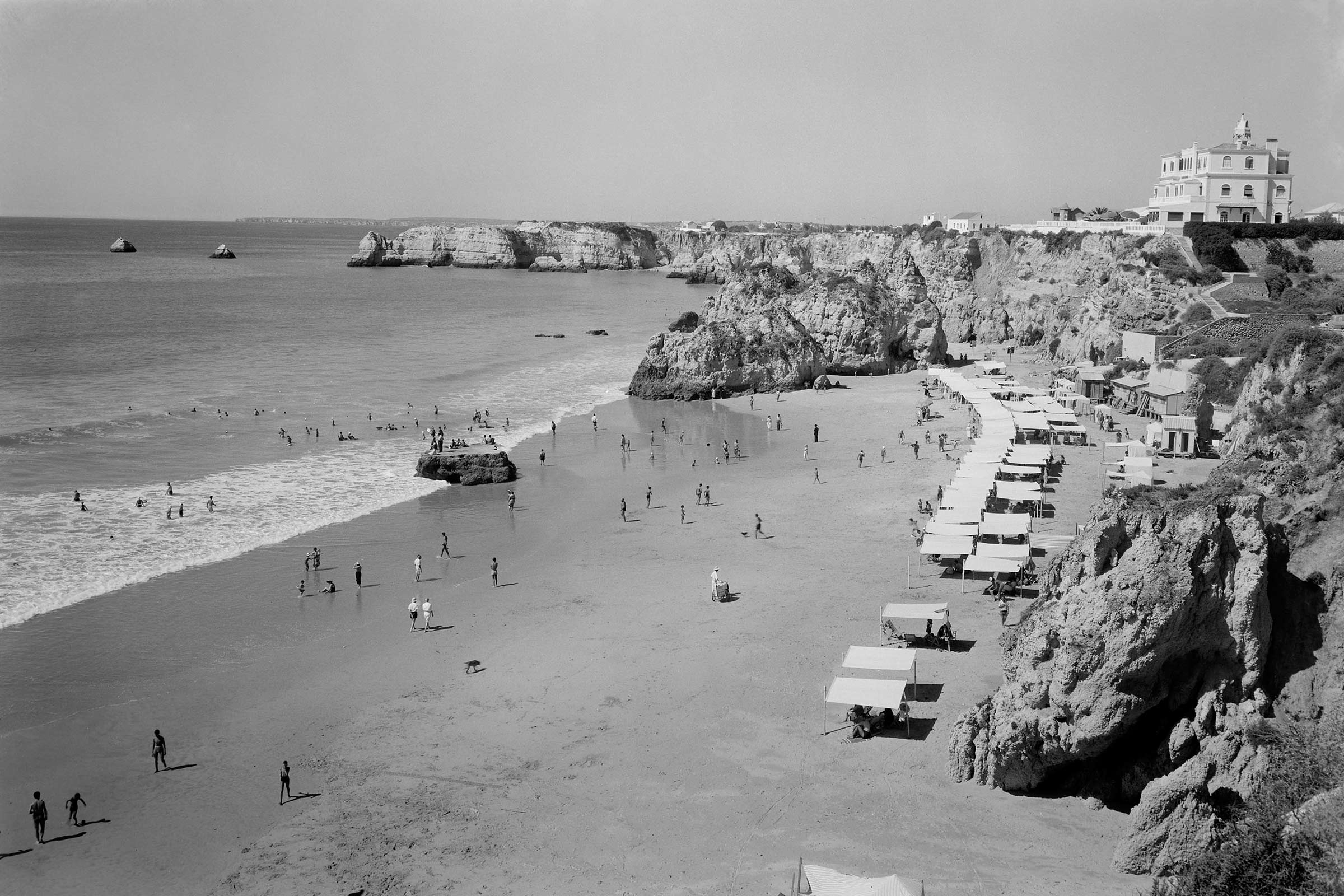
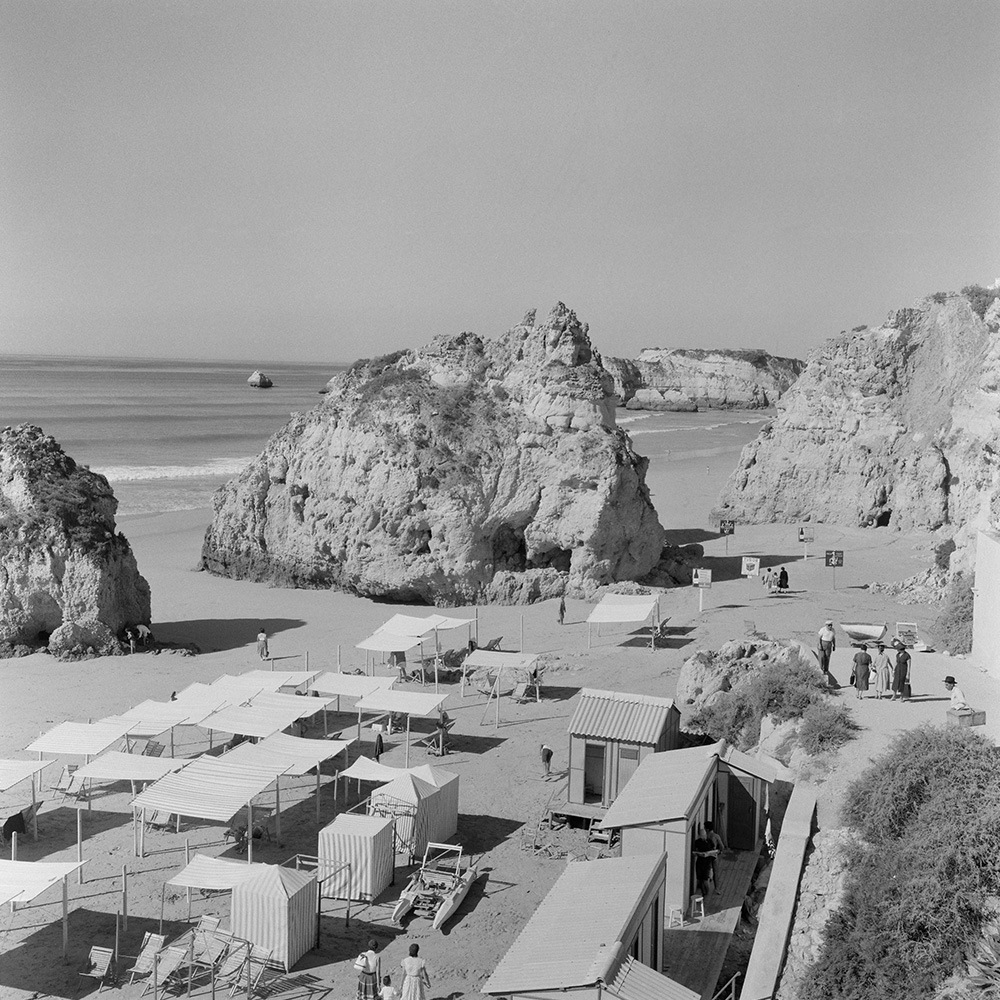
Photos with history
The photographs from the Mário and Horácio Novais' studios offer glimpses of the past, in Portugal and abroad, of daily life and great historical events, landscapes, architecture, public figures and much more.


